Marble vs Travertine: Which Natural Stone is Right for Your Project?

When you're picking out stone for a project, you've got a lot of choices. Two popular ones are marble and travertine. They look pretty similar at first glance, but they're actually quite different. Marble tends to be seen as more fancy, with those swirly lines and a polished shine. Travertine feels a bit more down-to-earth, with its natural holes and a more textured vibe. We'll break down the main differences between marble vs travertine so you can figure out which one is the better fit for what you're trying to do.
Key Takeaways
- Marble is known for its elegant veining and polished look, often used for decorative features and low-traffic areas, while travertine offers a more rustic charm with natural pits and textures, making it suitable for flooring and walls.
- Both marble and travertine require regular sealing to protect against stains and moisture, though travertine's natural porosity means it might need attention to its textured surface.
- Travertine is generally more resilient and a better choice for high-traffic areas like floors and patios compared to marble, which can be more prone to scratching and etching.
- When considering budget, travertine is often more affordable than marble, making it an attractive option for larger projects or when cost is a significant factor.
- The choice between marble vs travertine also depends on the desired finish; polished surfaces offer a high shine for both, while honed or tumbled finishes provide a softer, more natural appearance suitable for various applications.
Understanding Marble vs Travertine: Key Differences
Choosing the right natural stone is a big decision for any project. You want something that looks great, lasts long, and fits your style. Two of the most popular choices are marble and travertine. They both come from the earth, but they're quite different. Let's break down what sets them apart so you can pick the perfect stone for your home.
Aesthetic Appeal: Marble's Elegance vs. Travertine's Rustic Charm
Marble is famous for its luxurious look. Think of those grand old buildings and fancy sculptures – that's marble. It has these beautiful, swirling veins that are totally unique to each slab. It comes in colors from pure white to deep black, with lots of shades of gray, pink, and green in between. Marble brings a sense of sophistication and timeless elegance to any space. It’s the go-to for a high-end, classic feel. If you're looking to buy marble tiles online in the USA for a statement piece, marble is definitely worth considering.
Travertine, on the other hand, has a more natural, earthy vibe. It's a type of limestone formed in hot springs, which gives it this distinctive, slightly pitted texture and a range of warm, neutral colors like beige, cream, and tan. These natural holes and variations give it a rustic charm that’s really popular for a cozy, grounded look. It’s less about high gloss and more about natural character. It’s a fantastic choice if you want that Mediterranean or Tuscan feel.
Composition and Origin: What Sets Them Apart
Marble is a metamorphic rock. It starts as limestone and gets transformed by heat and pressure deep within the earth. This process creates those dramatic veins and crystalline structures. It's a harder stone than travertine, but it's also more porous and susceptible to etching from acids.
Travertine is a sedimentary rock, a type of limestone deposited by mineral springs. The way it forms creates those characteristic holes and pockets. Because of its formation, it's generally softer than marble and quite porous. This porosity is what gives it its unique texture but also means it needs good sealing to protect it from stains and moisture. You can find beautiful travertine tiles for sale that offer this natural beauty.
Varieties and Color Palettes Available
Marble offers a wide spectrum of colors and patterns. You've got classics like Carrara and Calacatta, known for their soft white backgrounds and delicate gray veining. Then there's Nero Marquina, a striking black marble with white veining, or Rosso Alicante, a rich red. The variations are endless, making each marble piece truly one-of-a-kind.
Travertine also comes in a variety of colors and patterns, though generally within a warmer, earthier palette. Common types include:
- Ivory Travertine: A light, creamy beige.
- Noce Travertine: Deeper, richer brown tones, sometimes with reddish hues.
- Scabos Travertine: Features a mix of colors, often including beige, brown, and even some red or gold, giving it an "autumn leaves" look.
- Silver Travertine: A cooler, grayish-toned travertine.
These variations mean you can find a travertine that perfectly complements your existing decor, whether you're aiming for a light and airy feel or something more grounded and warm. Many homeowners choose travertine for its consistent yet natural appearance, making it a safe bet for broad appeal.
Durability and Performance in High-Traffic Areas

When you're planning a project that sees a lot of action – think busy hallways, family room floors, or even commercial spaces – durability is key. You need a stone that can stand up to daily wear and tear without losing its good looks. Both marble and travertine have their strengths, but understanding where each shines will help you make the best choice for your project.
Marble's Suitability for Low-Traffic and Decorative Spaces
Marble is often seen as the king of natural stone, and for good reason. Its elegant veining and luxurious feel make it a showstopper. However, marble is a softer stone compared to some others. This means it can be more susceptible to scratches and etching from acidic substances. Because of this, marble is often best suited for areas that don't get constant foot traffic or where spills are less likely. Think of it as the perfect choice for a statement fireplace surround, a sophisticated bathroom vanity top, or a formal dining room floor. It’s where its beauty can be admired without constant worry about wear. If you're looking to buy marble tiles online in the USA for a more decorative application, it's a fantastic option.
Travertine's Resilience for Flooring and Walls
Travertine, on the other hand, is a type of limestone known for its natural strength and earthy charm. Its unique pitted texture, a signature of the stone, actually adds to its grip, making it a great choice for flooring. Travertine is generally more forgiving than marble when it comes to daily use. It holds up well to foot traffic, making it a popular choice for entire home flooring projects, entryways, and even commercial spaces. Its natural variations in color and texture can also help mask minor scuffs or wear, keeping your space looking good for longer. Many homeowners choose travertine for its balance of natural beauty and practical resilience.
Comparing Scratch and Stain Resistance
Let's get down to brass tacks: how do they really compare when it comes to resisting everyday mishaps? Marble, with its crystalline structure, can be more prone to scratching and etching, especially from acidic foods or cleaning products. Spills need to be wiped up quickly. Travertine, while still a natural stone that requires care, often has a slightly better resistance to scratches due to its composition and natural texture. However, both stones are porous and will benefit greatly from regular sealing. Proper sealing creates a barrier that helps prevent stains from penetrating the stone. For high-traffic areas where durability is paramount, travertine often has a slight edge, but with diligent care and sealing, marble can also perform admirably in less demanding applications.
Case Study: The Busy Family Kitchen
A family in Austin, Texas, was renovating their kitchen. They loved the look of marble but were concerned about its durability with young children and frequent cooking. After discussing their needs, they opted for a honed travertine for their kitchen flooring. Two years later, they reported that the floor had held up beautifully, withstanding dropped utensils and daily foot traffic with minimal signs of wear. They found the natural texture provided a good grip, and the earthy tones hid minor spills effectively.
When choosing between marble and travertine for high-traffic areas, consider the trade-off between marble's unparalleled elegance and travertine's robust practicality. Both can be stunning, but travertine often offers a more worry-free experience in busy environments.
Maintenance Requirements for Marble and Travertine
Keeping your marble and travertine looking its best is simpler than you might think. These natural stones are durable, but like any beautiful material, they appreciate a little regular care. Think of it as a spa day for your floors and surfaces!
Sealing Frequency and Importance for Both Stones
Both marble and travertine are porous, meaning they can absorb liquids. This is where sealing comes in – it's your first line of defense against stains and etching. A good quality sealer creates a barrier, giving you more time to clean up spills before they become permanent marks. We recommend sealing your natural stone surfaces at least once a year. However, this can vary depending on how much traffic the area gets. For kitchens or bathrooms that see a lot of action, you might want to check the seal more often. A simple water test works wonders: sprinkle a little water on the surface. If it beads up, your seal is good. If it soaks in and darkens the stone, it's time to reseal. You can easily buy marble tiles online in the USA and get them sealed to protect your investment.
Don't skip the sealing step! It's the most important thing you can do to keep your stone looking pristine for years to come.
Cleaning Best Practices for Marble Surfaces
When it comes to cleaning marble, gentleness is key. Harsh chemicals or abrasive cleaners can damage the surface, leading to dullness or etching. Always opt for a pH-neutral cleaner specifically designed for natural stone. A soft cloth or a damp mop is usually all you need. For everyday spills, a quick wipe-down with a damp cloth is perfect. If you encounter a tougher spot, use your stone cleaner and a soft brush, then rinse thoroughly. Remember, prompt cleanup of spills is your best friend in preventing stains on marble.
Case Study: The Miller Residence
The Miller family installed a stunning white marble countertop in their kitchen. Initially, they were worried about maintenance, but by following a simple routine of wiping spills immediately and using a recommended stone cleaner weekly, their marble still looks brand new after three years. They reseal it annually, and it has held up beautifully to daily cooking and entertaining.
Caring for Travertine's Natural Pits and Texture
Travertine's unique texture, with its natural pits and pores, is part of its charm. When cleaning, you want to ensure these aren't filled with dirt or grime. For honed or tumbled travertine, a soft brush can help get into those natural crevices. Again, a pH-neutral cleaner is your go-to. If you have filled travertine (where the pits have been filled with epoxy or cementitious filler), maintenance is very similar to marble. For unfilled travertine, be mindful that liquids can seep into the pores if not sealed properly. Regular sealing is extra important here to keep those natural textures looking clean and beautiful. Many homeowners find that the slight texture of travertine actually offers a bit more grip, making it a safer choice for floors, especially in busy households. If you're looking to buy travertine tiles, consider the finish that best suits your lifestyle and maintenance comfort level.
Heat Resistance and Kitchen Applications
Marble as a Heat-Resistant Countertop Option
Thinking about a kitchen remodel? You're probably weighing your options for countertops. Marble has long been a symbol of luxury and elegance in homes. Its cool surface and beautiful veining can really make a kitchen pop. And guess what? Marble is pretty good with heat. You can place a hot pan on it for a short time without causing damage. This makes it a solid choice for busy kitchens where things can get a little hectic. If you're looking to buy marble tiles online in the USA for a sophisticated kitchen, marble is definitely worth considering. It adds a timeless appeal that man-made materials just can't match.
Travertine's Resilience for Flooring and Walls
Travertine offers a different kind of beauty – think warm, earthy, and naturally textured. It's a fantastic option if you want a more rustic or Mediterranean feel in your home. Travertine is also quite resilient, making it a popular choice for flooring and walls. It holds up well to daily use and has a natural warmth that marble doesn't quite capture. Its unique pitted surface can be filled and polished for a smoother look, or left more natural for that signature travertine charm. It’s a versatile stone that can bring a cozy yet elegant vibe to any room.
Comparing Scratch and Stain Resistance
When it comes to kitchens, scratch and stain resistance are big deals. Marble, while beautiful, can be more susceptible to etching from acidic foods like lemon juice or vinegar, and it can scratch if you're not careful. Travertine, with its natural pits, can sometimes hide minor scratches better, but it's also porous and needs to be sealed well to resist stains. Both stones benefit greatly from regular sealing. For kitchens, especially if you're a frequent cook, you'll want to be mindful of these properties. Consider a honed finish for either stone, as it tends to show etching and minor wear less than a polished surface. For example, a homeowner in California chose a honed travertine for their kitchen island, loving its matte finish that resisted fingerprints and minor spills, making daily cleanup a breeze.
Case Study: The Busy Family Kitchen
A family in Texas was renovating their kitchen and wanted a natural stone countertop that was both beautiful and practical. They opted for a honed Tundra Gray Marble. While they understood marble's need for care, they loved its classic look. They made sure to seal it thoroughly and were diligent about wiping up spills immediately. After two years, the countertop still looked stunning, with only a very faint etch mark near the stove from an accidental tomato sauce spill, which they found added to its natural character. They found that buying marble tiles online was straightforward and the result was exactly what they envisioned.
Both marble and travertine offer unique advantages in a kitchen setting. Marble brings unparalleled elegance, while travertine provides a warm, natural aesthetic. The key is understanding their properties and choosing the one that best fits your lifestyle and design goals.
Bathroom Suitability: Moisture and Slip Resistance
Bathrooms are high-moisture zones, and safety is paramount. When choosing stone for your bathroom, you need materials that can handle humidity and offer a good grip underfoot. Both marble and travertine can work beautifully in bathrooms, but they each have unique characteristics to consider.
Marble in Bathrooms: Elegance Meets Practicality
Marble brings unparalleled luxury to any bathroom. Think of a stunning marble vanity top or elegant marble floor tiles. Its veining and natural beauty are hard to beat. However, marble is porous and can etch from acidic cleaners or even certain toiletries. For bathrooms, it's best to opt for honed or tumbled finishes rather than polished. A polished marble surface can become quite slippery when wet. Honed marble offers a softer, matte look and significantly better slip resistance. If you're looking to buy marble tiles online in the USA for a bathroom, consider options like Carrara or Thassos White in a honed finish. These stones are beautiful and can be sealed to offer some protection against moisture and staining. Just remember, regular sealing is key to keeping your marble looking its best in a humid environment.
Travertine for Bathrooms: Natural Texture and Safety
Travertine is a fantastic choice for bathrooms, especially if you're after a more natural, earthy vibe. Its natural pits and texture provide an inherent grip, making it a safer option for bathroom floors and shower areas. Travertine is also quite durable and can handle moisture well, especially when properly sealed. Many people love the rustic charm of tumbled travertine, which further enhances its slip-resistant qualities. It's a popular choice for shower walls and floors, offering both beauty and peace of mind. You can find beautiful travertine tiles for your bathroom project, and they often come at a more accessible price point than marble. For a truly slip-resistant surface, consider travertine tiles with a natural, unfilled texture or a tumbled finish. These stones are excellent for bathroom flooring due to their natural slip-resistance.
Choosing Finishes for Wet Areas
When it comes to bathroom applications, the finish of your stone is critical. Polished surfaces, while gleaming, can be a hazard in wet areas. Honed, tumbled, or brushed finishes are generally preferred for bathrooms because they offer a more textured surface that provides better traction. This is especially important for shower floors and main bathroom flooring.
Here’s a quick look at finishes and their suitability:
- Polished: Offers a high shine but can be very slippery when wet. Best for low-traffic areas or vertical surfaces like shower walls where slip is less of a concern.
- Honed: A matte, smooth finish that offers good slip resistance. A great all-around choice for bathroom floors and vanities.
- Tumbled: Gives a worn, rustic look with rounded edges. Excellent slip resistance, ideal for shower floors and a more traditional aesthetic.
- Brushed: Provides a textured surface with a slightly weathered appearance. Offers good grip.
Case Study: A homeowner in Florida wanted a luxurious yet safe master bathroom. They opted for honed travertine tiles for the floor and shower area, complemented by a marble vanity top with a honed finish. This combination provided the desired elegance while ensuring excellent slip resistance, creating a beautiful and functional spa-like retreat. They found that sealing both the travertine and marble regularly made cleaning much easier and protected the surfaces from water spots and soap scum.
Selecting the right finish is as important as choosing the stone itself for bathroom safety and longevity. Always prioritize textured or matte finishes for areas prone to moisture.
Outdoor Project Potential: Patios and Walkways

Ready to take your outdoor living space to the next level? Natural stone is your go-to for creating stunning, durable patios and walkways that stand the test of time. When it comes to outdoor projects, travertine often steals the show, but marble can also play a role. Let's explore how these beautiful stones can transform your backyard.
Travertine's Popularity for Outdoor Paving
Travertine is a superstar for outdoor applications, and for good reason. Its natural texture offers a fantastic grip, making it a safer choice for areas that get wet. Plus, its earthy tones blend beautifully with natural landscapes. Think warm, inviting patios perfect for entertaining or serene walkways guiding you through your garden. It’s tough enough to handle foot traffic and weather, giving you a beautiful space that lasts.
- Durability: Travertine is incredibly resilient, resisting wear and tear from daily use and varying weather conditions.
- Safety: Its natural porous surface provides excellent slip resistance, a key factor for patios and pool decks.
- Aesthetics: Available in a range of warm, neutral colors, it complements almost any outdoor design.
- Cool Underfoot: Compared to some darker stones, travertine tends to stay cooler in direct sunlight, making it more comfortable to walk on.
Case Study: The Miller family in Arizona wanted to create a backyard oasis. They chose a classic Ivory Travertine in a tumbled finish for their patio and pool deck. The result? A durable, slip-resistant surface that stayed cool under the desert sun, perfectly complementing their desert landscaping and providing a beautiful space for family gatherings.
Marble's Viability for Outdoor Use
While travertine is often the first choice for outdoor paving, marble can also be used, though with some considerations. Marble offers unparalleled elegance and can add a touch of luxury to outdoor spaces. However, it's more susceptible to etching from acidic substances (like bird droppings or certain cleaners) and can be more prone to staining than travertine. For outdoor use, it's best suited for areas with less direct exposure to harsh elements or for decorative features rather than high-traffic walkways.
- Elegant Appearance: Marble brings a sophisticated, high-end look to any outdoor setting.
- Unique Patterns: Each marble slab or tile has unique veining, ensuring a one-of-a-kind design.
- Considerations: Requires careful sealing and prompt cleaning to maintain its beauty outdoors.
Tip: If you love the look of marble for your patio, opt for a honed or tumbled finish. These finishes are less prone to showing minor scratches and etches compared to a polished surface. Also, ensure it's properly sealed before installation.
Weather Resistance and Sealing for Exterior Applications
No matter which stone you choose for your outdoor project, proper sealing is non-negotiable. Sealants protect the stone from moisture, stains, and freeze-thaw cycles, which can cause damage over time. Travertine and marble are naturally porous, meaning they can absorb liquids. Sealing creates a barrier that repels these liquids, keeping your stone looking its best for years to come.
- Frequency: For outdoor applications, it's generally recommended to reseal your stone every 1-2 years, depending on the climate and usage. Always check the specific sealer's instructions.
- Type of Sealer: Use a high-quality penetrating sealer designed for natural stone and outdoor use. Some sealers can also enhance the color of the stone, giving it a richer, deeper look.
- Application: Ensure the stone is clean and completely dry before applying the sealer. Apply evenly and wipe off any excess before it dries on the surface.
Callout: Ready to create your dream patio? Explore our wide selection of durable travertine pavers and tiles. Visit us online or in-store to find the perfect natural stone for your outdoor oasis. You can even buy marble tiles online USA for those special decorative touches!
Budget Considerations: Marble vs Travertine Pricing
When you're planning a renovation or building project, the budget is always a big factor. You want something beautiful and durable, but you also need to make sure it fits your wallet. Let's talk about how marble and travertine stack up when it comes to cost.
Typical Cost Ranges for Marble
Marble is often seen as the king of natural stones, and honestly, its price tag can reflect that. Think of it as an investment in pure luxury. While it's true that marble can be on the pricier side, especially for rare colors or intricate veining, it doesn't always have to break the bank. You can find beautiful marble tiles for various projects. The cost can really depend on where it's from and how it's finished. For instance, some classic white marbles might be more accessible, while unique, deep-colored varieties can command a higher price. If you're looking to buy marble tiles online in the USA, you'll find a range of options that can fit different budgets, especially if you're open to exploring different types.
Affordability of Travertine Options
Now, let's talk about travertine. This stone is often a more budget-friendly choice compared to marble, but don't let that fool you into thinking it's less impressive. Travertine offers a unique, earthy charm that many people love. It's a fantastic option if you're going for a more rustic or Mediterranean vibe. You can get stunning travertine tiles for your floors or walls without spending as much as you might on marble. It's a great way to get that natural stone look and feel at a more accessible price point. Many homeowners find that travertine offers incredible value, providing both beauty and durability without the premium cost associated with some other natural stones.
Factors Influencing Price: Origin, Finish, and Size
So, what makes one stone cost more than another? A few things really come into play. First, the origin matters. Stones quarried from certain regions might be more expensive due to extraction costs or rarity. Then there's the finish. A highly polished marble will often cost more than a honed or tumbled travertine. The size of the tile or slab also plays a role; larger, custom cuts usually come with a higher price tag. Even the specific color and pattern can influence the cost. For example, a travertine with a consistent, light color might be priced differently than one with more varied, darker tones. It's always a good idea to compare these factors when you're looking at different options. Sometimes, you can find great deals on clearance marble items, which might have minor imperfections but offer significant savings.
Case Study: The Budget-Conscious Kitchen Remodel
A homeowner in Austin, Texas, wanted a high-end look for their kitchen remodel but had a strict budget. They opted for travertine tiles for their flooring and backsplash. The warm, earthy tones of the travertine created a cozy and inviting atmosphere, and the cost savings compared to marble allowed them to invest in higher-quality cabinetry. The result was a stunning kitchen that looked far more expensive than it was.
Case Study: The Luxury Bathroom on a Budget
Another homeowner in Florida wanted the elegance of marble in their master bathroom but found the prices prohibitive. They discovered a beautiful, more affordable variety of marble for their shower walls and a complementary travertine for the floor. This smart combination gave them the luxurious feel they desired while staying within their budget. The contrast between the two stones added visual interest and depth to the space.
Installation Best Practices for Natural Stone
Getting your marble or travertine installed right the first time is key to a long-lasting, beautiful finish. It’s not just about slapping tiles down; it’s about preparation, the right materials, and careful technique. Think of it as building a solid foundation for a masterpiece. A professional installation ensures your stone’s natural beauty shines through for years, preventing issues down the line. If you're looking to buy marble tiles online in the USA or source the perfect travertine for your project, understanding installation is your first step to success.
Substrate Preparation for Marble and Travertine
Before any tile touches the floor or wall, the surface underneath needs to be perfect. This means a clean, level, and stable base. Any dirt, old adhesive, or unevenness can cause big problems later, like tiles cracking or coming loose. For floors, especially wood ones, you might need extra support or a special underlayment to prevent flexing. A solid substrate is non-negotiable for natural stone. It’s the bedrock of your beautiful new surface.
Choosing the Right Mortar and Adhesives
Not all glues are created equal, especially when it comes to natural stone. You need to use setting materials specifically designed for marble and travertine. For lighter colored stones, a white thin-set mortar is a must to avoid discoloration. Always check that your mortar and grout are compatible with your stone and the substrate. Using the wrong product can lead to bonding issues or unsightly stains. It’s worth the small extra cost for peace of mind and a flawless finish.
Techniques for Cutting and Setting Tiles
Cutting natural stone requires precision. A wet saw with a diamond blade is your best friend here. Go slow and steady to avoid chips – rushing is the enemy of a clean cut. When setting tiles, use a notched trowel to spread the mortar evenly. Press each tile firmly with a slight wiggle to ensure full coverage. Using spacers keeps your grout lines consistent, and a level helps prevent “lippage” (uneven tile edges). It’s a bit like piecing together a natural puzzle, and the result is worth the care.
Case Study: The Grand Foyer Transformation
A client wanted a show-stopping foyer using large-format travertine tiles. They opted for a French pattern layout. The existing subfloor was slightly uneven. After careful prep, including a self-leveling compound, and using a high-quality white thin-set mortar, the tiles were laid. Special attention was paid to ensuring each tile was perfectly level with its neighbors. The result? A stunning, seamless floor that completely changed the home's entryway, proving that proper installation is key to unlocking travertine's full potential.
Proper substrate preparation and the use of appropriate setting materials are the most critical steps in ensuring the longevity and aesthetic appeal of your marble and travertine installations. Skipping these steps can lead to costly repairs and diminished beauty.
Enhancing Home Value with Natural Stone
Thinking about a home upgrade that pays off? Investing in natural stone like marble and travertine isn't just about making your home look amazing right now; it's a smart move that can significantly boost its market value. Buyers love natural stone. It signals quality, luxury, and timeless style. Imagine a potential buyer walking into a kitchen with gleaming marble countertops or a living room with elegant travertine floors – it makes a powerful first impression and can be a major selling point.
Buyer Appeal of Marble Features
Marble has always been associated with high-end living. Its unique veining and natural polish give any space a sophisticated, luxurious feel. When you feature marble in your home, whether it's a statement fireplace surround, a grand entryway floor, or elegant bathroom vanities, you're adding a touch of class that buyers recognize and desire. Homes with marble features often stand out in the market, attracting more attention and potentially commanding a higher price. It’s a classic choice that rarely goes out of style.
The Investment Value of Travertine Installations
Travertine brings a different kind of appeal – a warm, earthy elegance that feels both grounded and sophisticated. Its natural texture and range of neutral tones make it incredibly versatile, fitting beautifully into both rustic and contemporary designs. Travertine floors, especially in high-traffic areas like living rooms and hallways, are a huge draw for buyers looking for durability and natural beauty. It’s a practical yet luxurious choice that adds tangible value. Think about a beautiful travertine patio – it extends your living space outdoors and adds significant curb appeal, making your home more attractive to a wider range of buyers.
Long-Term Durability and Timelessness
One of the biggest advantages of natural stone is its longevity. Unlike many man-made materials that can look dated or wear out over time, marble and travertine are built to last. With proper care and maintenance, these stones can retain their beauty for decades, even centuries. This inherent durability translates directly into home value. Buyers are increasingly looking for low-maintenance, long-lasting materials that won't require constant replacement. Investing in quality natural stone means you're not just improving your home's aesthetics; you're investing in its enduring value and appeal for years to come. It’s a choice that offers both immediate beauty and lasting financial benefit. If you're looking to buy marble tiles online in the USA or explore travertine options, remember you're investing in a material that truly stands the test of time.
Selecting the Right Finish: Polished vs. Honed
Choosing the finish for your marble or travertine is more than just an aesthetic decision; it impacts the stone's look, feel, and even its performance. Think of it like choosing the right outfit for an occasion – you want it to look great and function perfectly. Let's break down the most popular finishes: polished and honed.
The Look and Feel of Polished Marble and Travertine
Polished finishes offer that classic, high-gloss shine. They reflect light beautifully, making spaces feel brighter and more luxurious. This finish is achieved by grinding and buffing the stone with progressively finer abrasives until a mirror-like surface is created. It's a sophisticated look that really makes the natural colors and veining of marble pop. For travertine, a polished finish can give it a surprisingly elegant, less rustic feel, making it suitable for more formal settings. If you're aiming for that 'wow' factor, especially for features like a marble countertop or a dramatic fireplace surround, polished is often the way to go. You can easily find stunning polished marble tiles online in the USA for your next project.
Understanding Honed Finishes for a Softer Appearance
Honed finishes, on the other hand, provide a smooth, matte, or satin-like surface. Instead of a high shine, they offer a softer, more understated elegance. The process stops short of the final buffing stage used for polished finishes, resulting in a non-reflective surface. This is a fantastic choice if you prefer a more natural, less formal look, or if you're concerned about glare. Honed marble has a gentle, velvety feel that's incredibly inviting. For travertine, a honed finish complements its natural texture beautifully, offering a warm, earthy vibe that works well for flooring and walls. It's also a great option for areas where you might want a bit more slip resistance, like bathroom floors. Many homeowners opt for honed finishes because they hide minor scratches and water spots better than polished surfaces. If you're looking for a sophisticated yet practical option, consider honed marble tiles.
Tumbled and Other Textural Finishes
Beyond polished and honed, there are other finishes that add even more character. Tumbled finishes, for instance, give stone an aged, worn look, as if it's been tumbled in the sea. This is particularly popular with travertine, creating a wonderfully rustic and charming effect perfect for patios or country-style kitchens. Other textural finishes might include brushed or chiseled edges, each adding a unique tactile and visual dimension. These finishes can make the stone feel more organic and handcrafted. When selecting a finish, always consider the overall design of your space and how the stone will be used. For instance, a tumbled travertine patio offers a charming, natural look, while a polished marble countertop provides sleek sophistication. The right finish truly transforms the stone and your environment. Case Study: A homeowner in Scottsdale, Arizona, chose a honed travertine for their outdoor patio. The matte finish provided excellent slip resistance for poolside lounging and complemented the desert landscape beautifully, offering a durable yet soft aesthetic. Another client in New York City opted for a polished Calacatta Gold marble for their kitchen island, creating a stunning focal point that exuded luxury and elegance. They found that with proper sealing, the polished surface held up well against daily use. Remember, the finish is a key element in achieving your desired look and functionality. You can explore a wide range of marble and travertine options, including various finishes, when you buy marble tiles online USA.
When picking out your stone, you'll see terms like "polished" and "honed." Polished surfaces are super shiny and smooth, like a mirror. Honed surfaces are more matte and have a softer look. Both have their own charm! To see which finish fits your style best, check out our full selection on our website.
Making Your Final Choice
So, you've looked at marble and travertine, and maybe you're still weighing the options. Both are beautiful natural stones that can really make a space feel special. Marble brings that classic, elegant vibe, while travertine offers a more down-to-earth, textured feel. Think about where you want to put it and how you plan to use the space. If you're looking for something truly luxurious for a lower-traffic area, marble might be your pick. For a more versatile option that works well in many spots, including outdoors, travertine is a solid choice. No matter what you decide, remember that natural stone adds value and a unique touch to your home. If you're ready to see these stones up close or need more advice, reaching out to a supplier like Surfaces Galore can help you get exactly what you're looking for.
Frequently Asked Questions
What's the main difference between marble and travertine?
Marble is known for its elegant look with swirly patterns and is often softer. Travertine has a more rustic feel with natural holes and a textured surface. Think of marble as fancy and travertine as earthy.
Which stone is better for a kitchen countertop, marble or travertine?
Marble can handle heat well, but it can scratch and stain more easily, so it's best for kitchens where you're careful. Travertine is also good with heat and a bit tougher, but its natural holes might need sealing to prevent food from getting stuck.
Can I use these stones outside, like on a patio?
Yes, travertine is a very popular choice for patios and walkways because it's durable and has a nice texture that can help prevent slips. Marble can be used outside too, but it needs to be sealed well to protect it from the weather.
How do I clean marble and travertine?
For both stones, it's best to use a mild soap and water or a cleaner made specifically for natural stone. Avoid using harsh chemicals or acidic cleaners, as they can damage the surface. Wipe up spills right away!
Do I need to seal marble and travertine?
Yes, both marble and travertine are porous, meaning they can soak up liquids. Sealing them helps protect against stains and makes them easier to clean. You'll likely need to reseal them about once a year, depending on how much you use the surface.
Is travertine slippery in bathrooms?
Travertine's natural texture can actually provide a bit more grip than a super smooth surface, which is good for bathrooms. Choosing a honed or tumbled finish can make it even less slippery than a polished one.
Which stone is more expensive, marble or travertine?
Generally, marble tends to be more expensive than travertine. However, the price can vary a lot depending on the specific type, color, origin, and finish of the stone.
Can marble and travertine be used for flooring everywhere?
Travertine is a great choice for floors, especially in busy areas. Marble is beautiful for floors too, but because it's softer and can scratch or etch more easily, it's often recommended for areas with less foot traffic or for more decorative purposes.

 Best Selling Marble Collections
Best Selling Marble Collections
 Arabescato Corchia
Arabescato Corchia Bardiglio
Bardiglio Bianco Dolomite
Bianco Dolomite 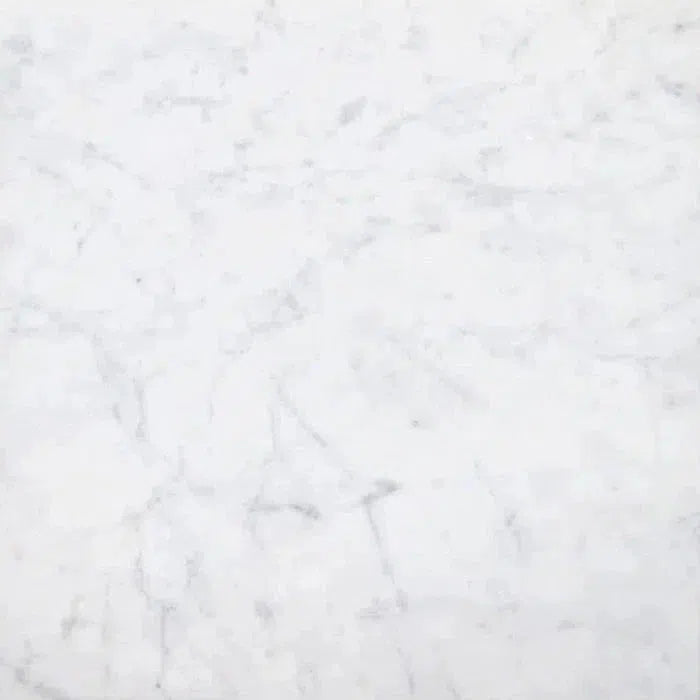 Carrara White
Carrara White 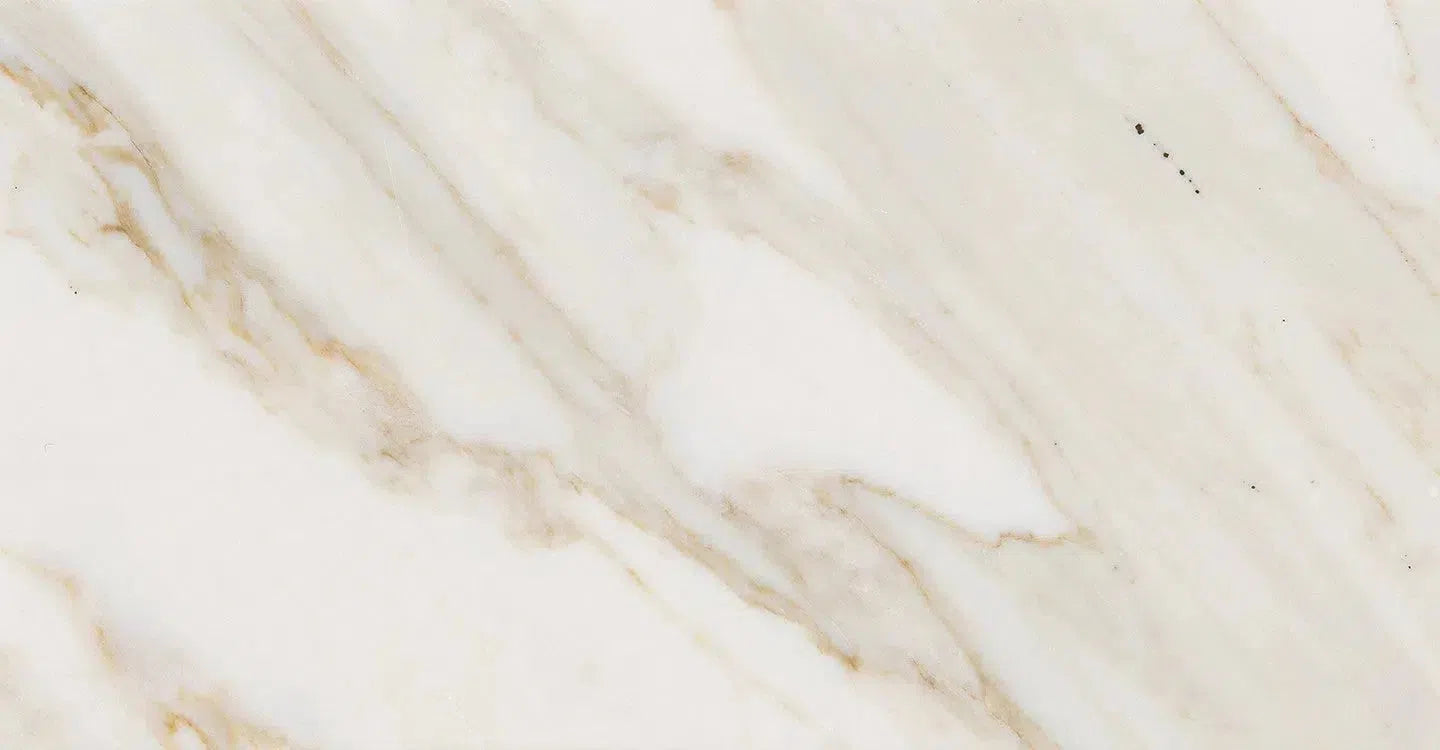 Calacatta Gold
Calacatta Gold Crema Marfil
Crema Marfil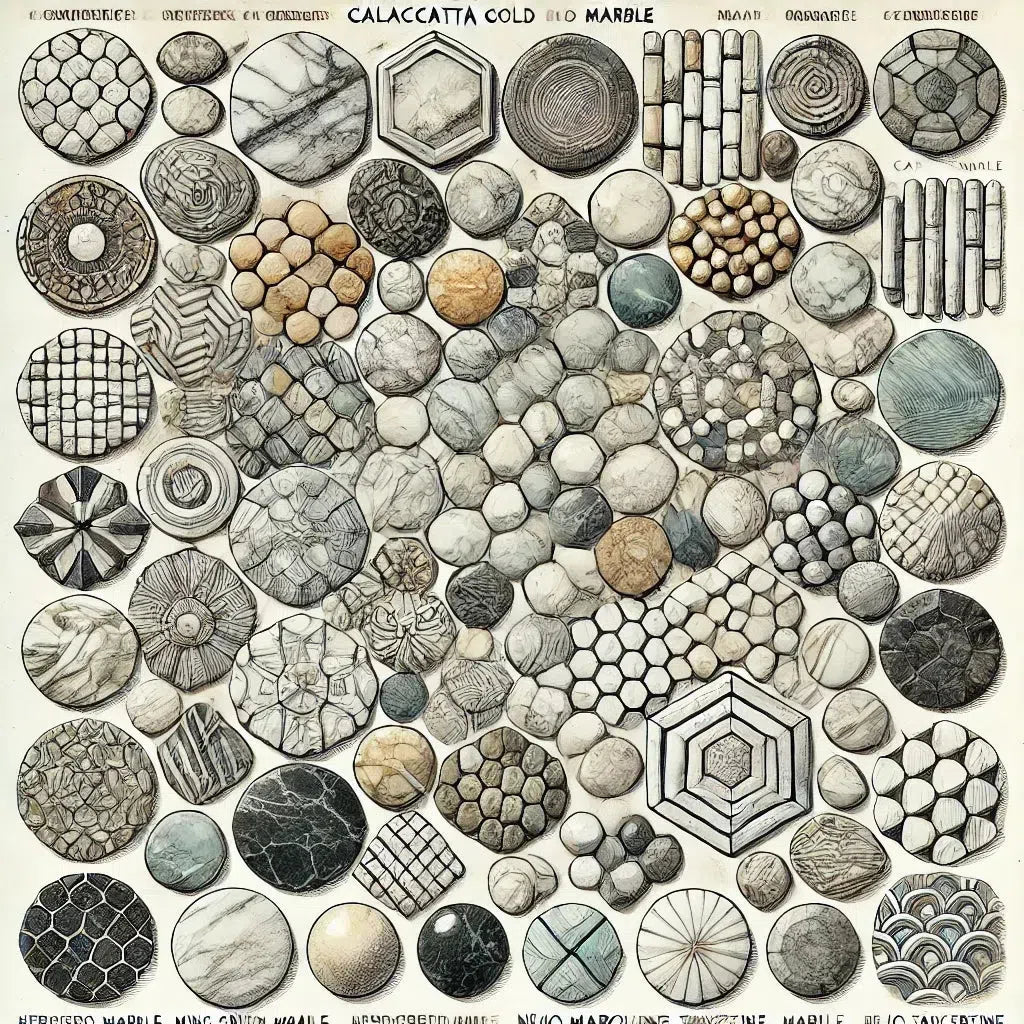 Custom Made Mosaic
Custom Made Mosaic Emperador Dark
Emperador Dark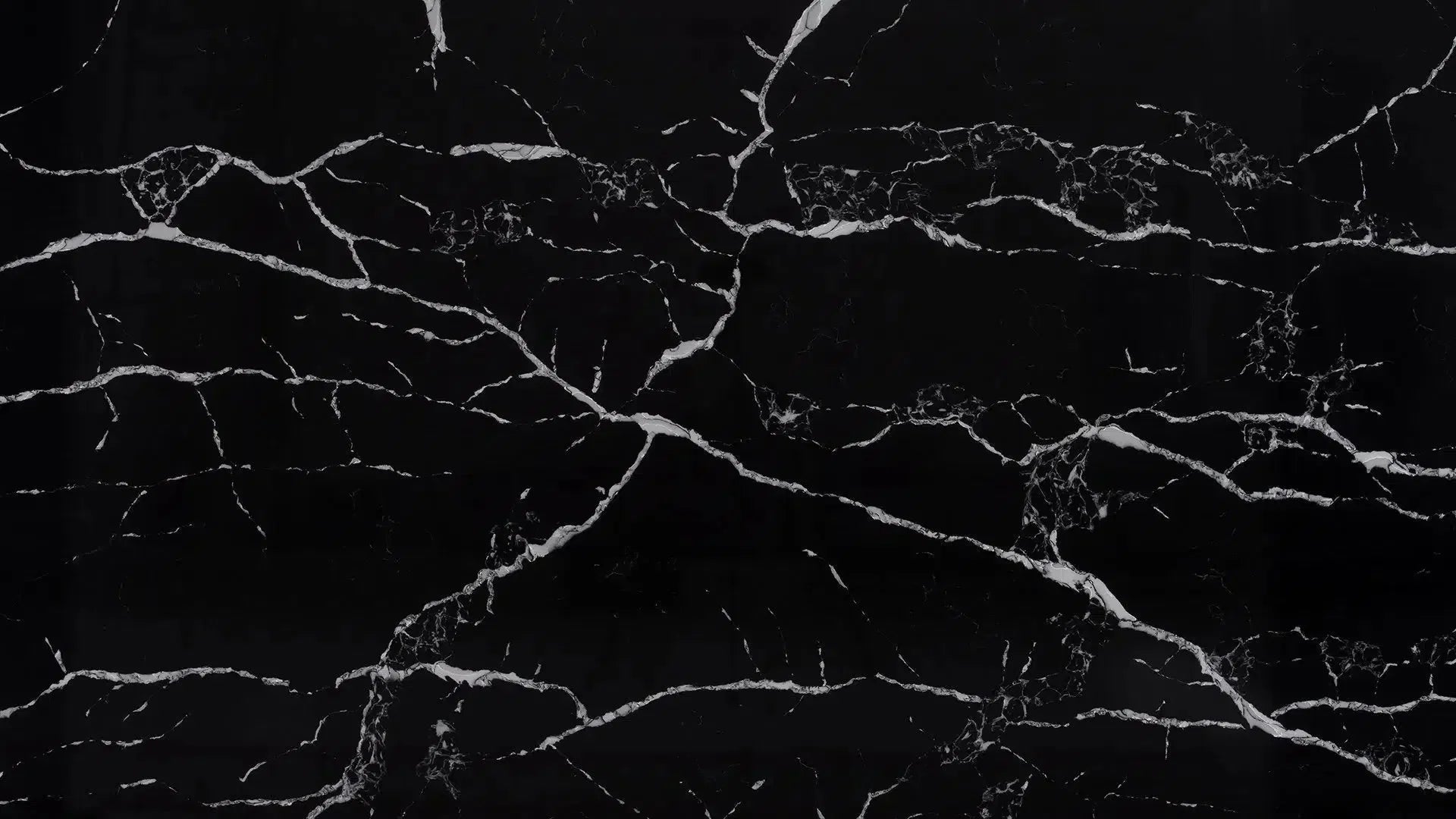 Nero Marquina
Nero Marquina Ming Green Marble
Ming Green Marble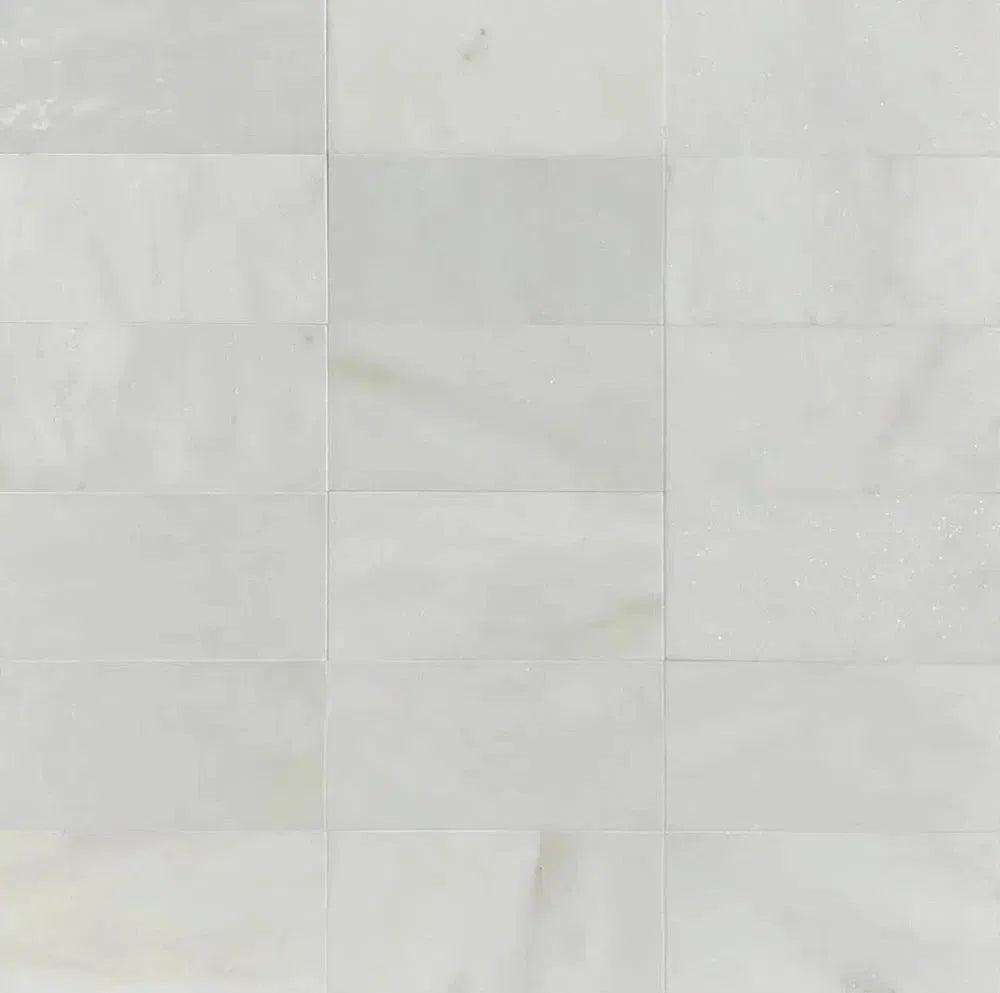 Oriental White Marble (Asian Statuary Marble)
Oriental White Marble (Asian Statuary Marble)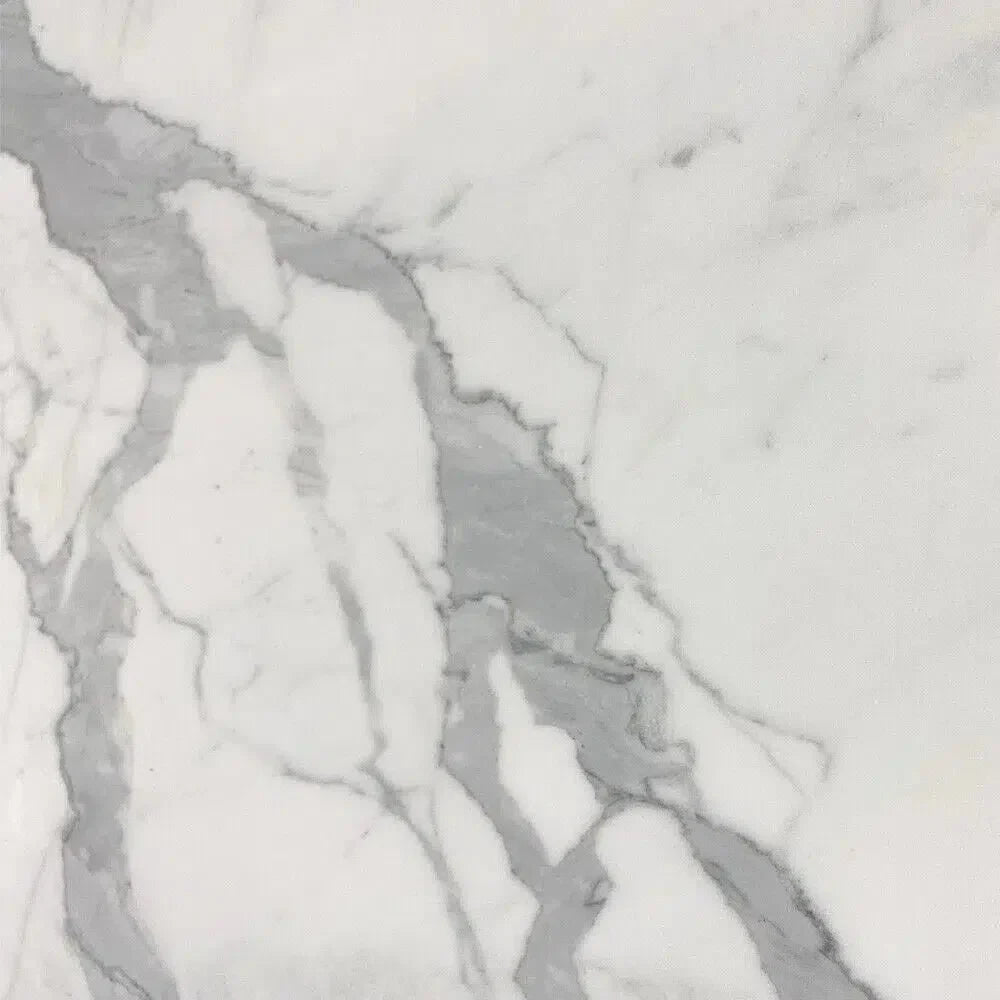 Statuary - Statuario White (Italian) Marble
Statuary - Statuario White (Italian) Marble Thassos White
Thassos White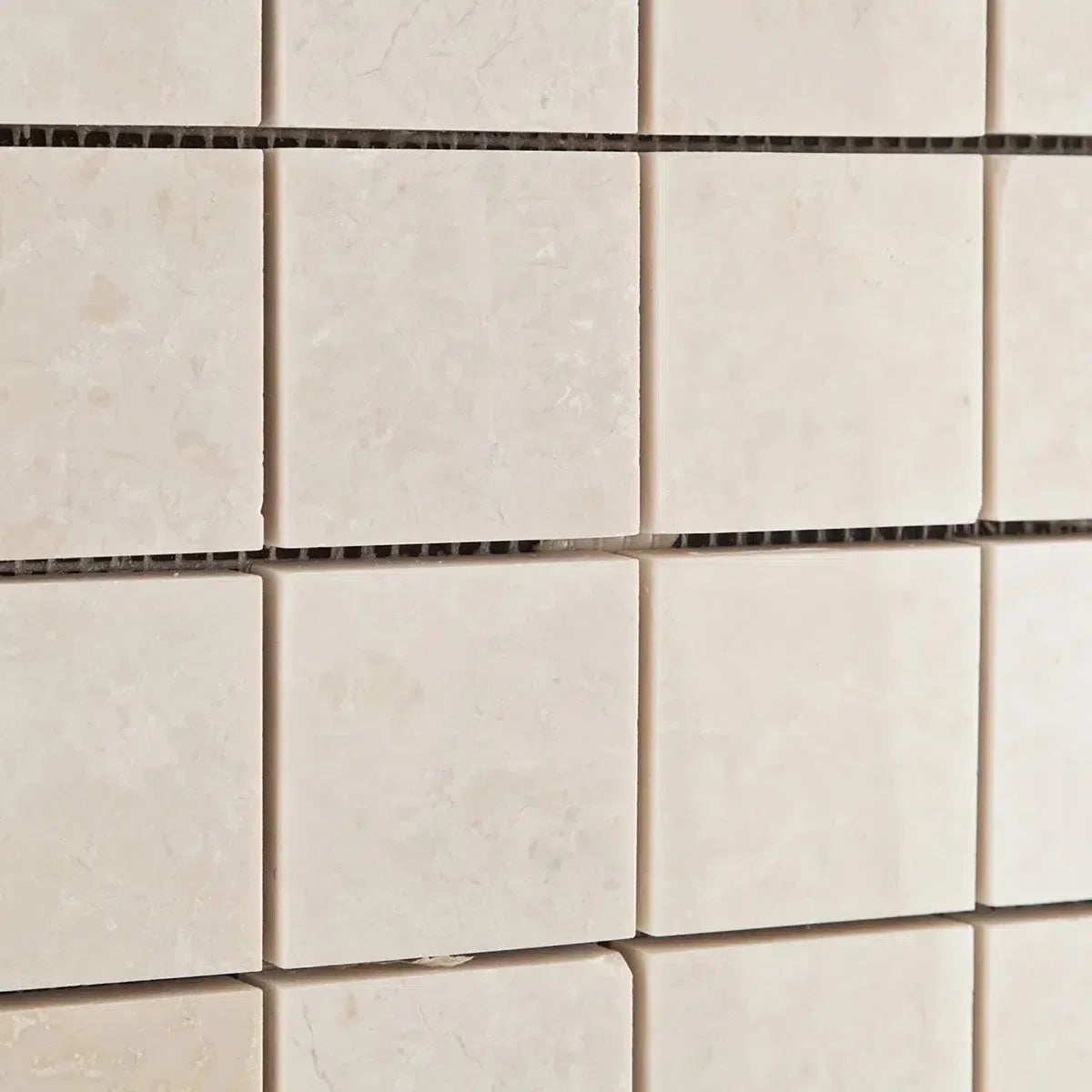 White Pearl/Botticino Beige Marble
White Pearl/Botticino Beige Marble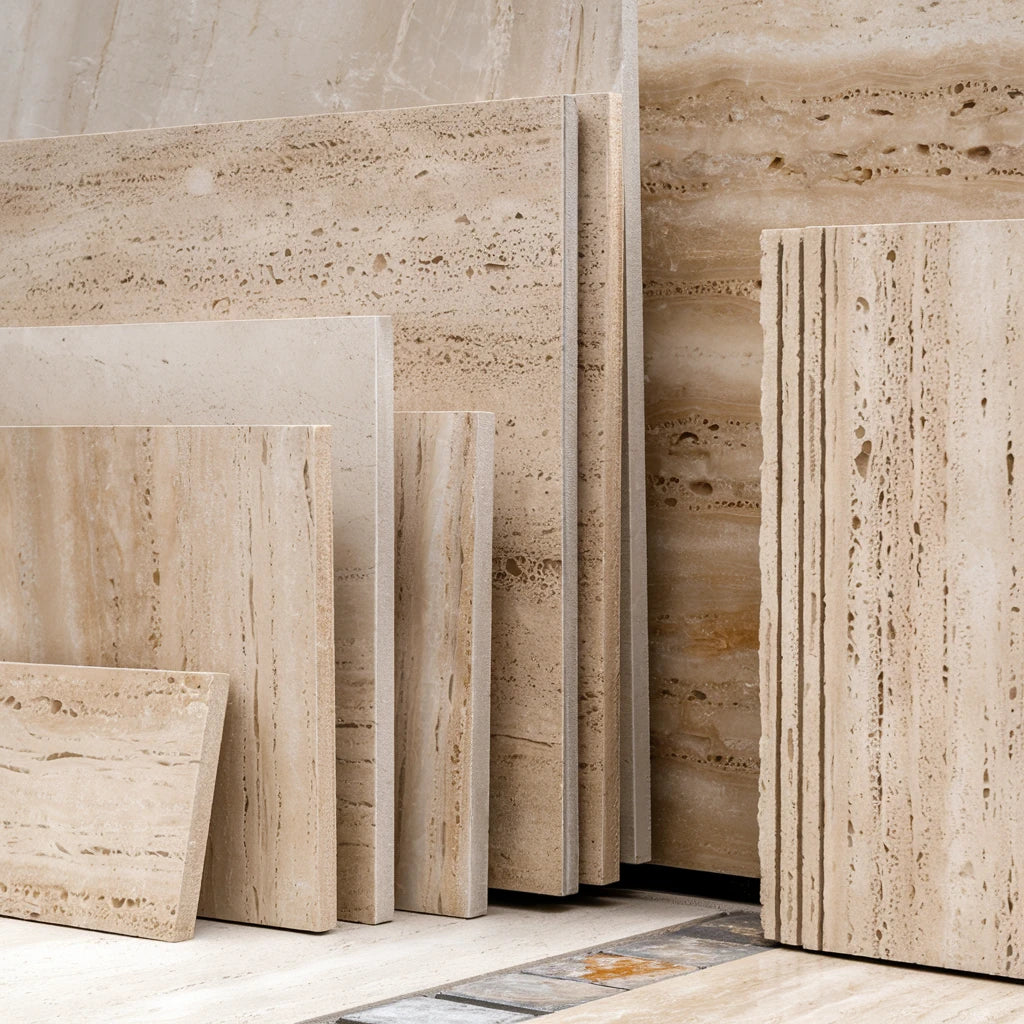 Best Selling Travertine Collections
Best Selling Travertine Collections
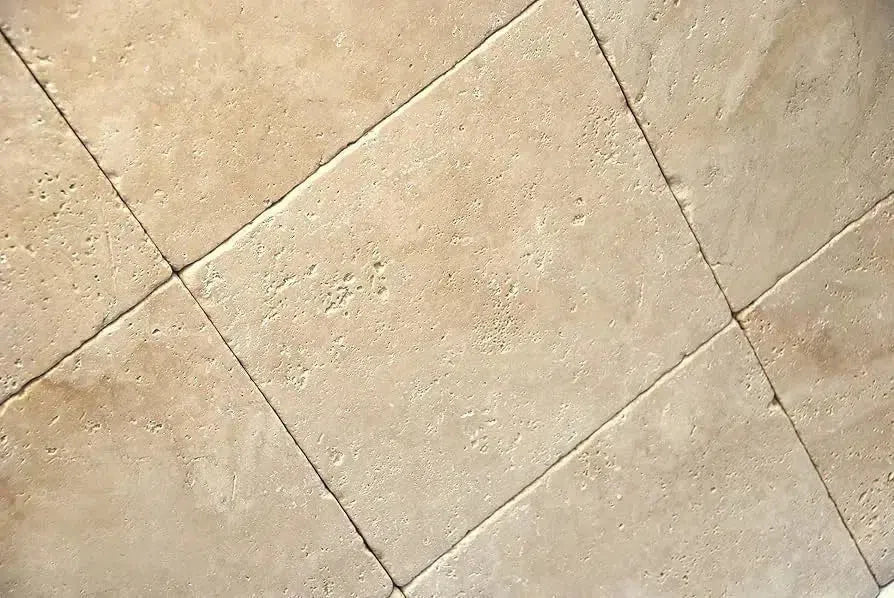 Ivory Travertine
Ivory Travertine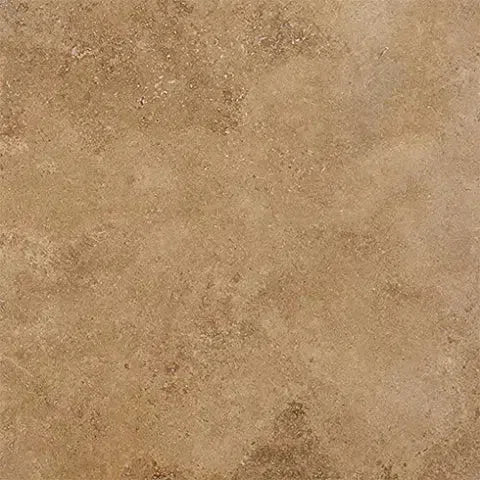 Noce Travertine
Noce Travertine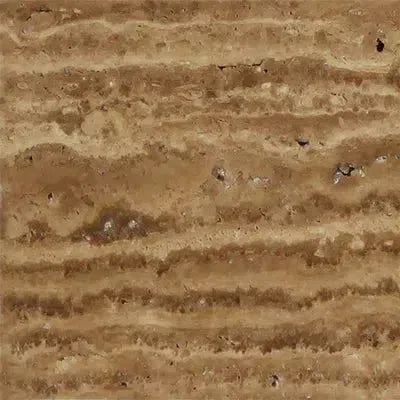 Exotic Noce Travertine
Exotic Noce Travertine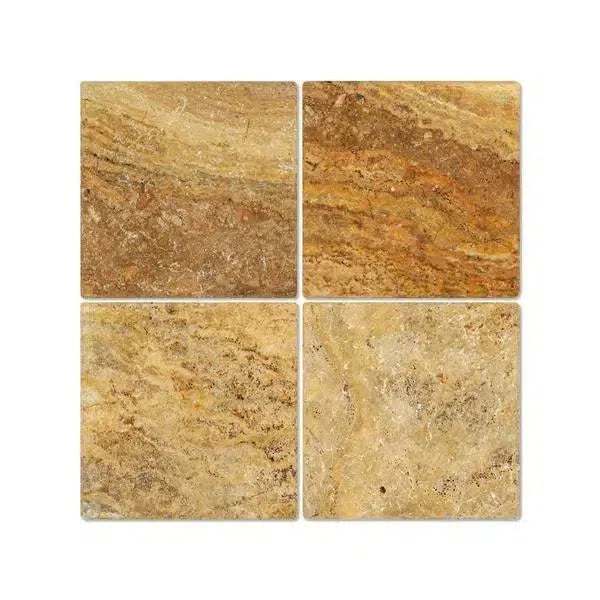 Scabos | Autumn Leaves Travertine
Scabos | Autumn Leaves Travertine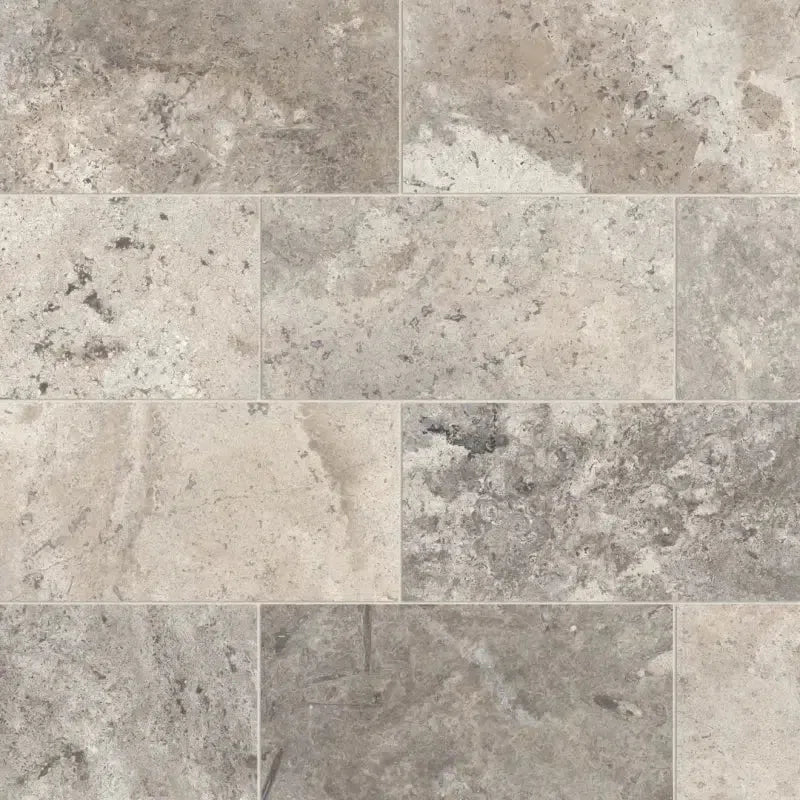 Silver Travertine
Silver Travertine Exotic Travertine
Exotic Travertine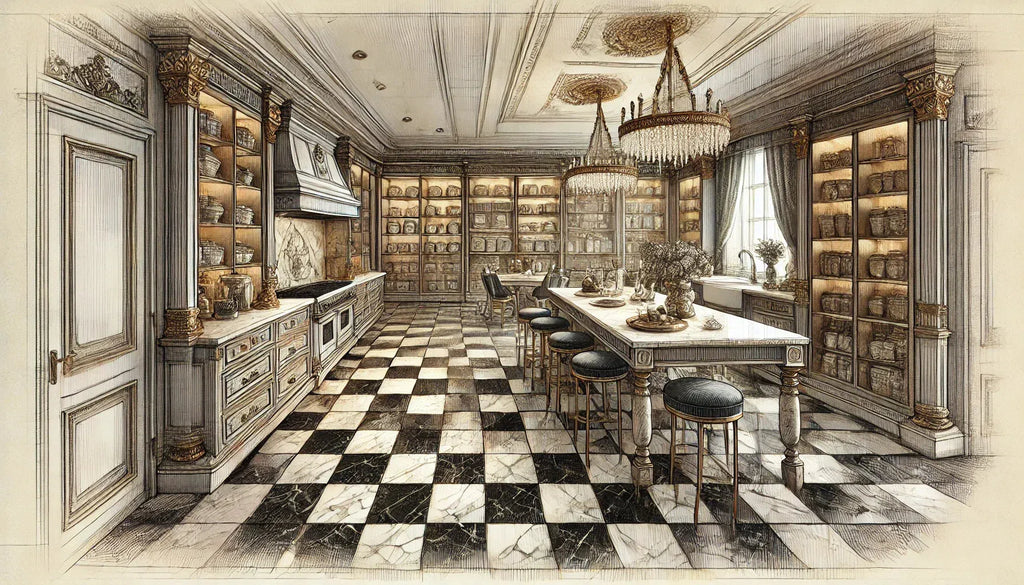 Checkerboard
Checkerboard
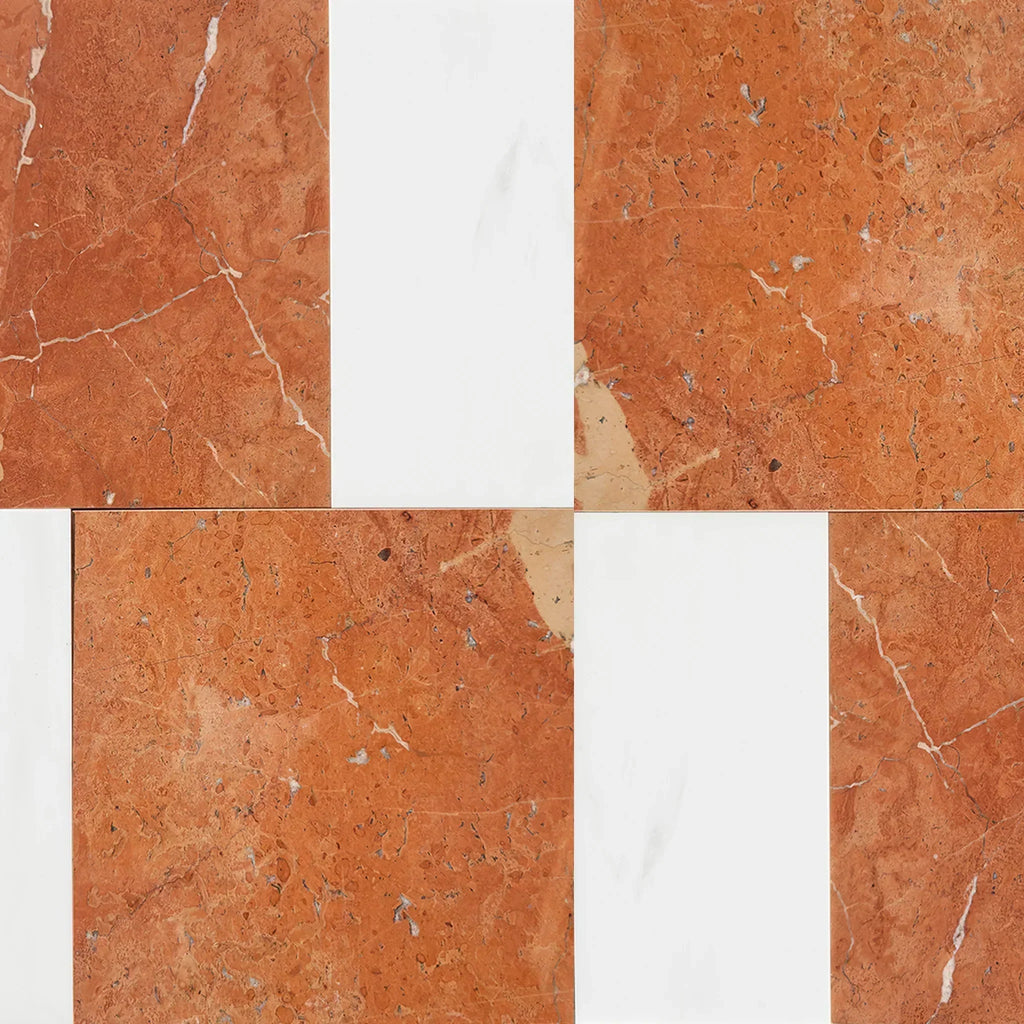 Patterned Tile
Patterned Tile
 Shop By Material
Shop By Material
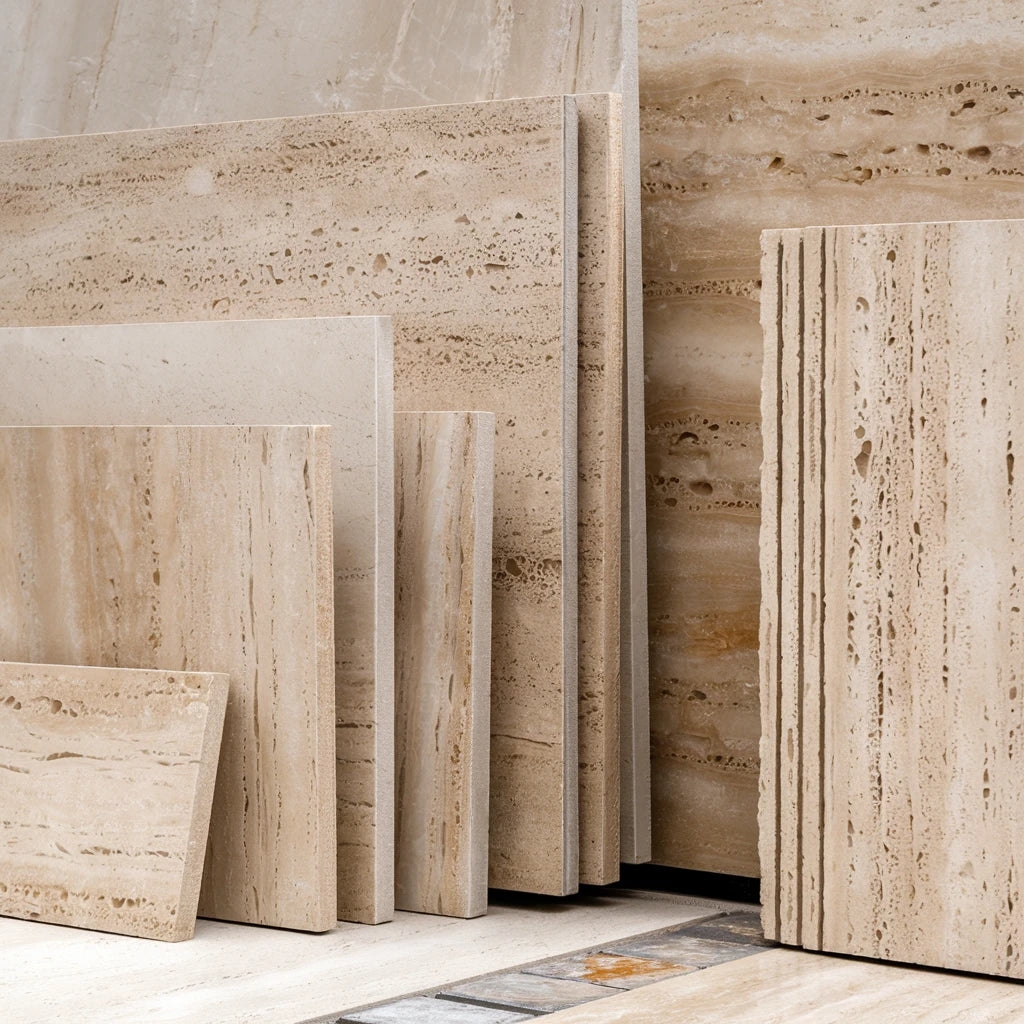 Travertine
Travertine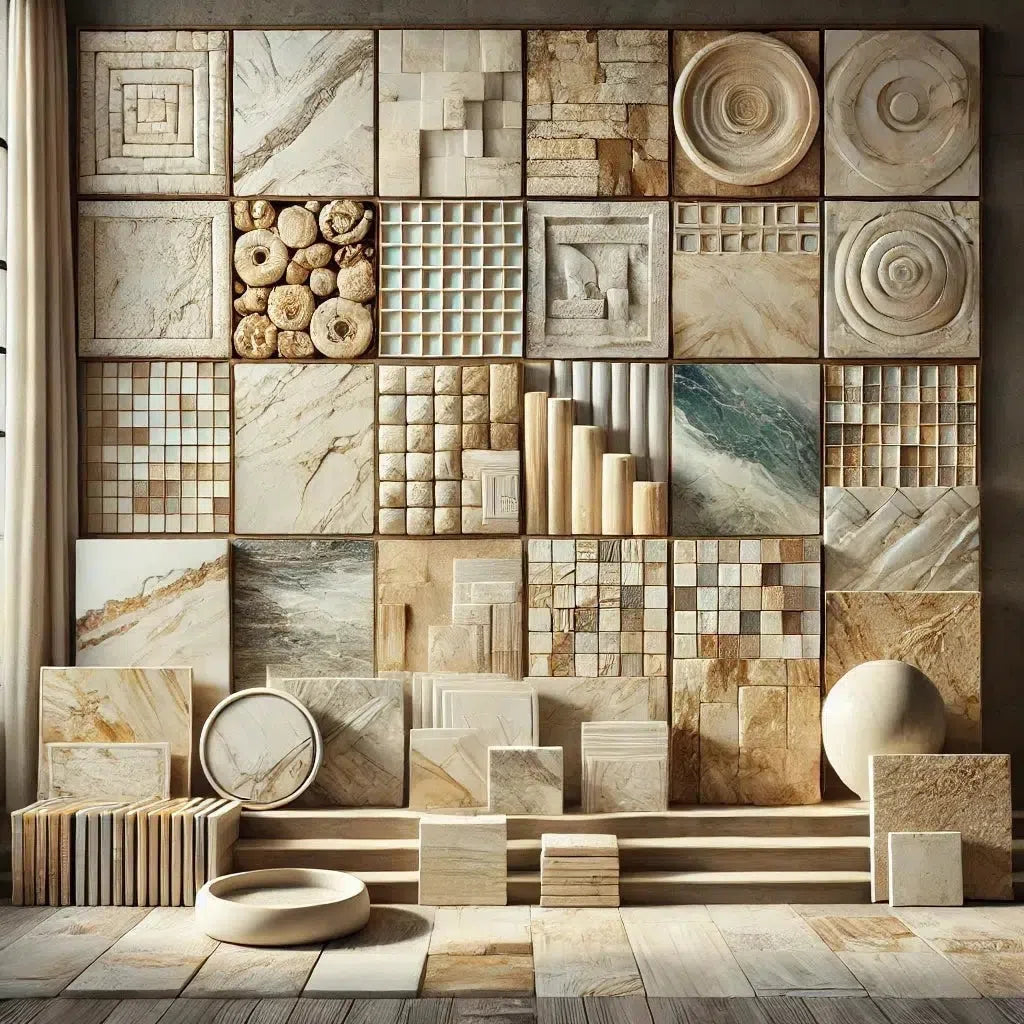 Marble
Marble Limestone
Limestone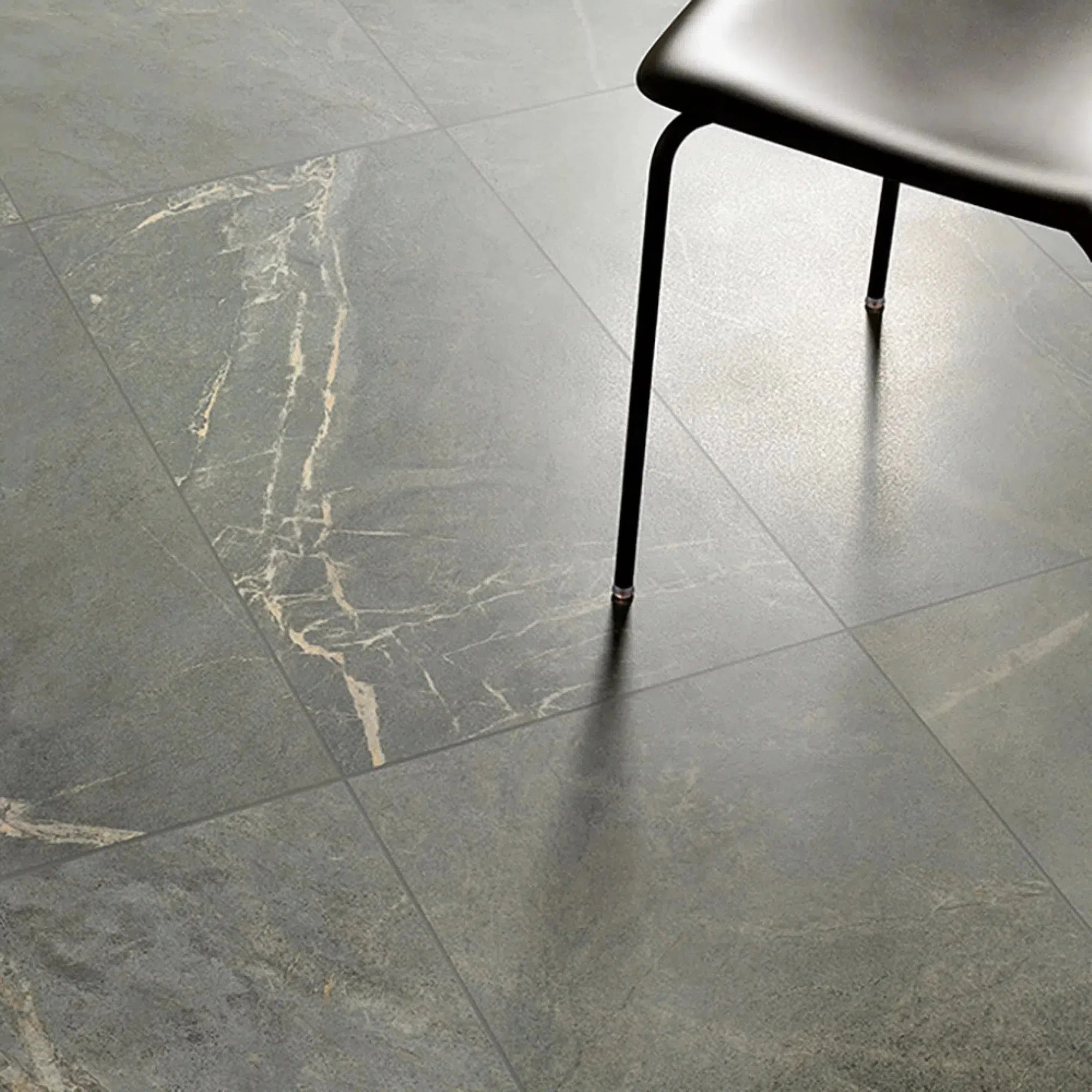 Soap Stone
Soap Stone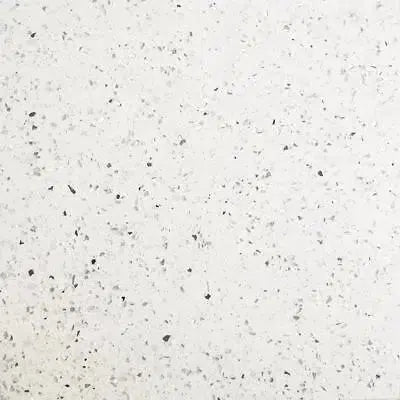 Quartz
Quartz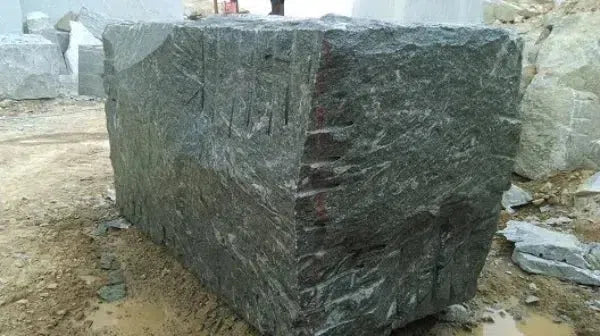 Granite
Granite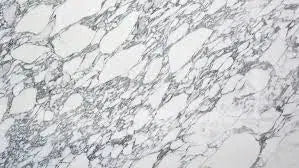 Shop By Name
Shop By Name
 Absolute Black Granite
Absolute Black Granite Atlantic Gray Marble
Atlantic Gray Marble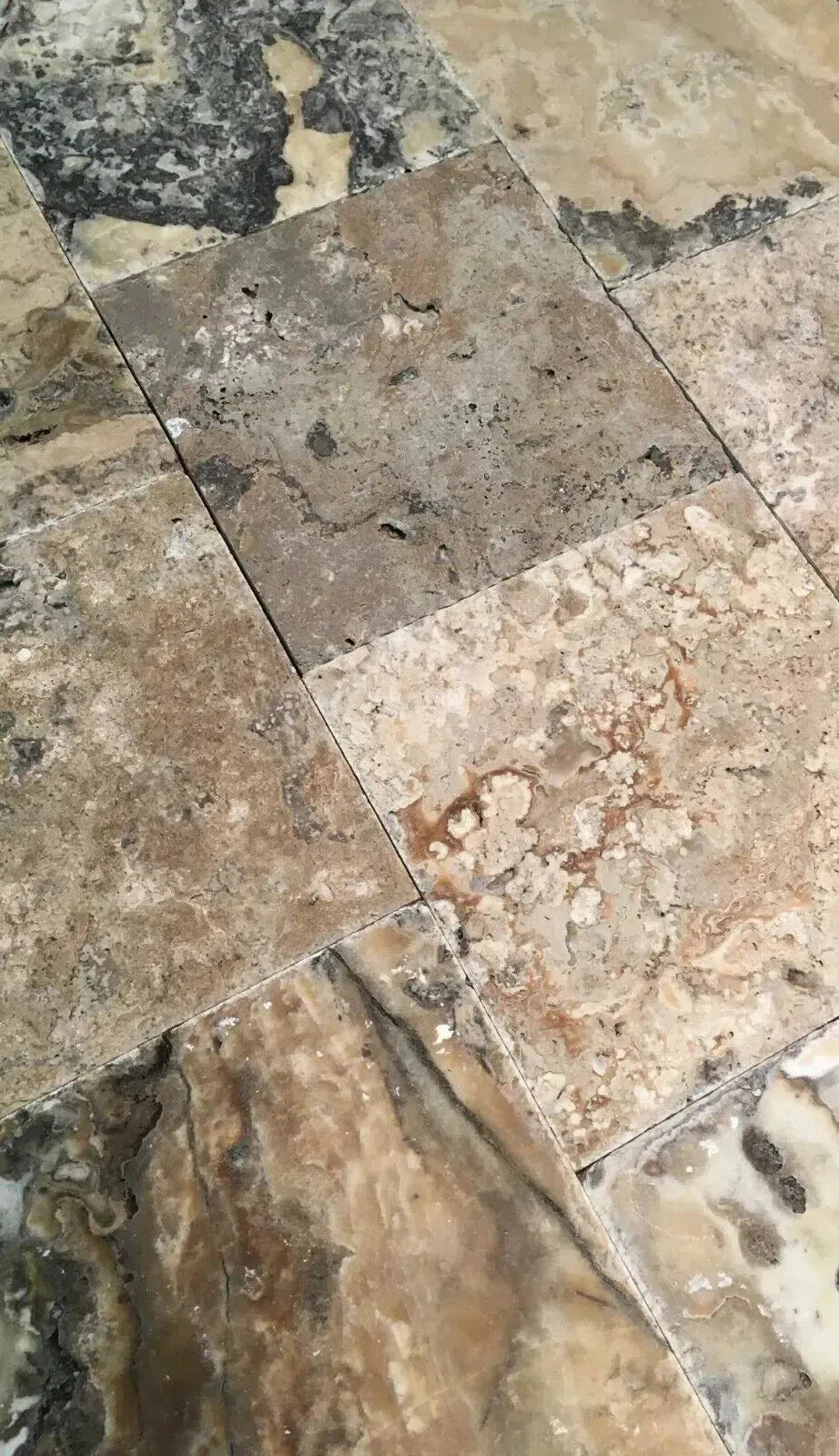 Antico Onyx Travertine
Antico Onyx Travertine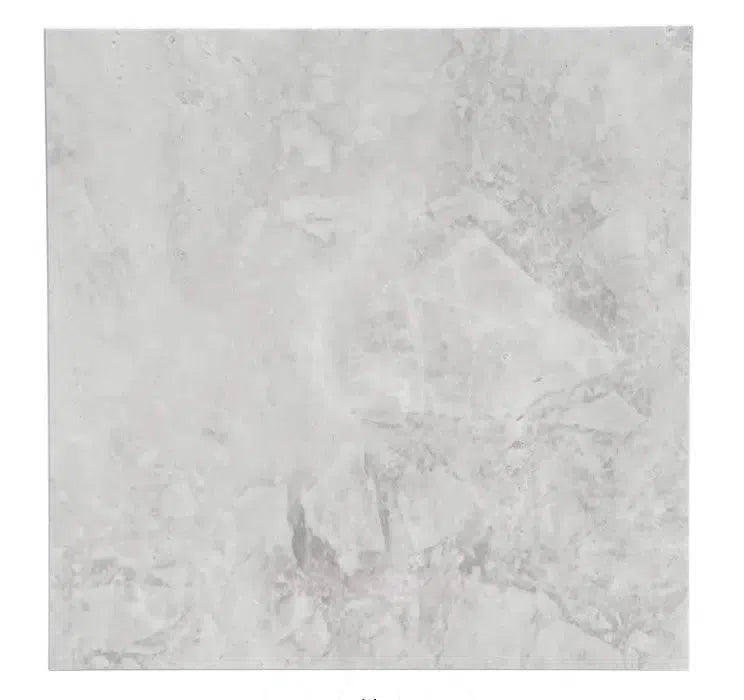 Bianco Congelato Dolomite
Bianco Congelato Dolomite Bianco Venatino (Bianco Mare) Marble
Bianco Venatino (Bianco Mare) Marble Calacatta Verde Royale Marble
Calacatta Verde Royale Marble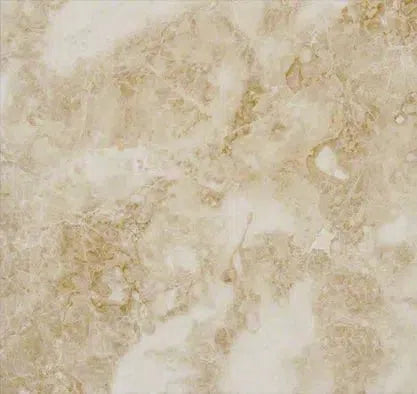 Cappuccino Marble
Cappuccino Marble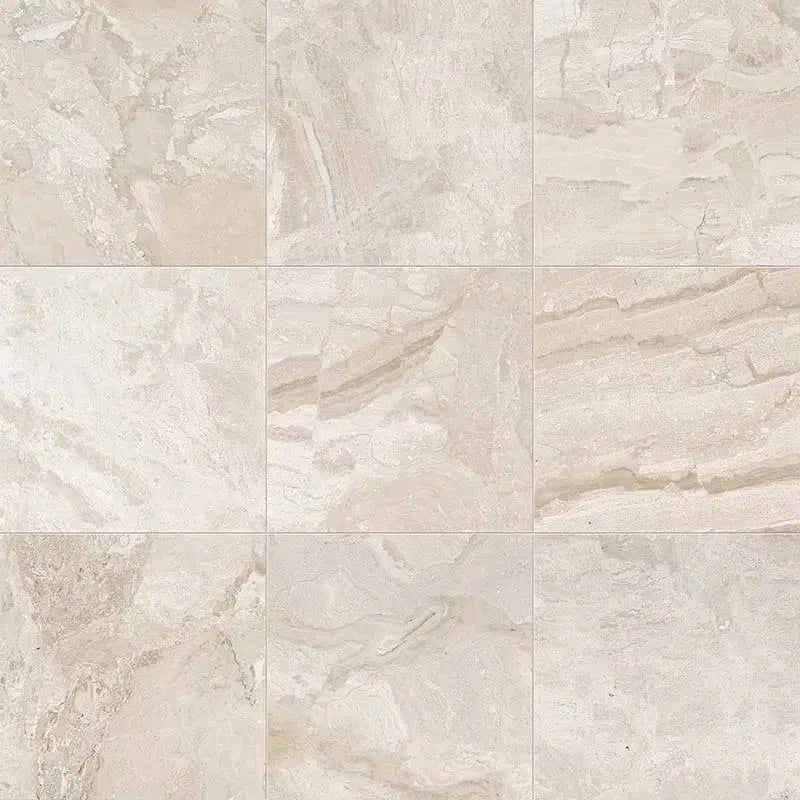 Diano Royal (Queen Beige) Marble
Diano Royal (Queen Beige) Marble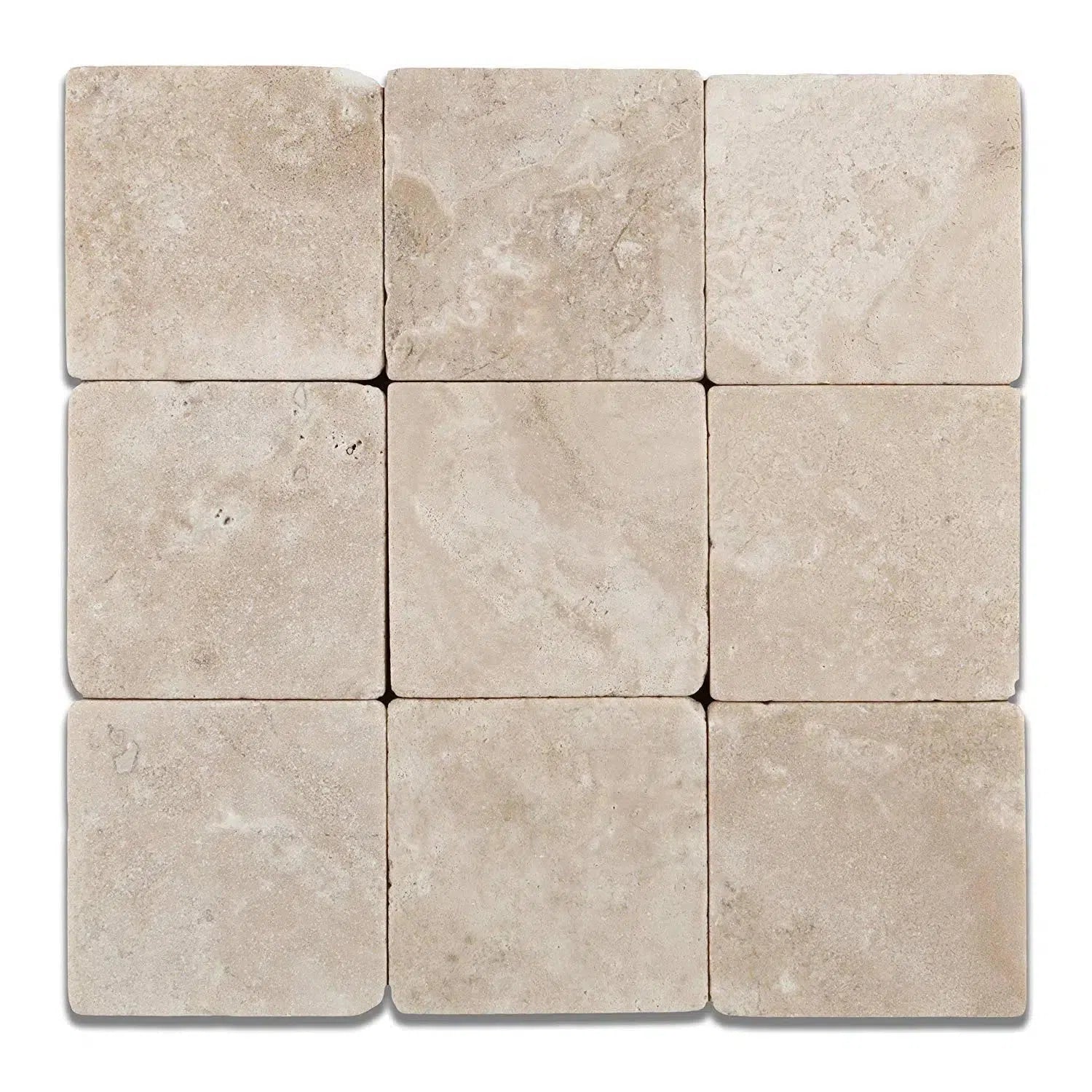 Durango Cream Traverine
Durango Cream Traverine Emperador Light Marble
Emperador Light Marble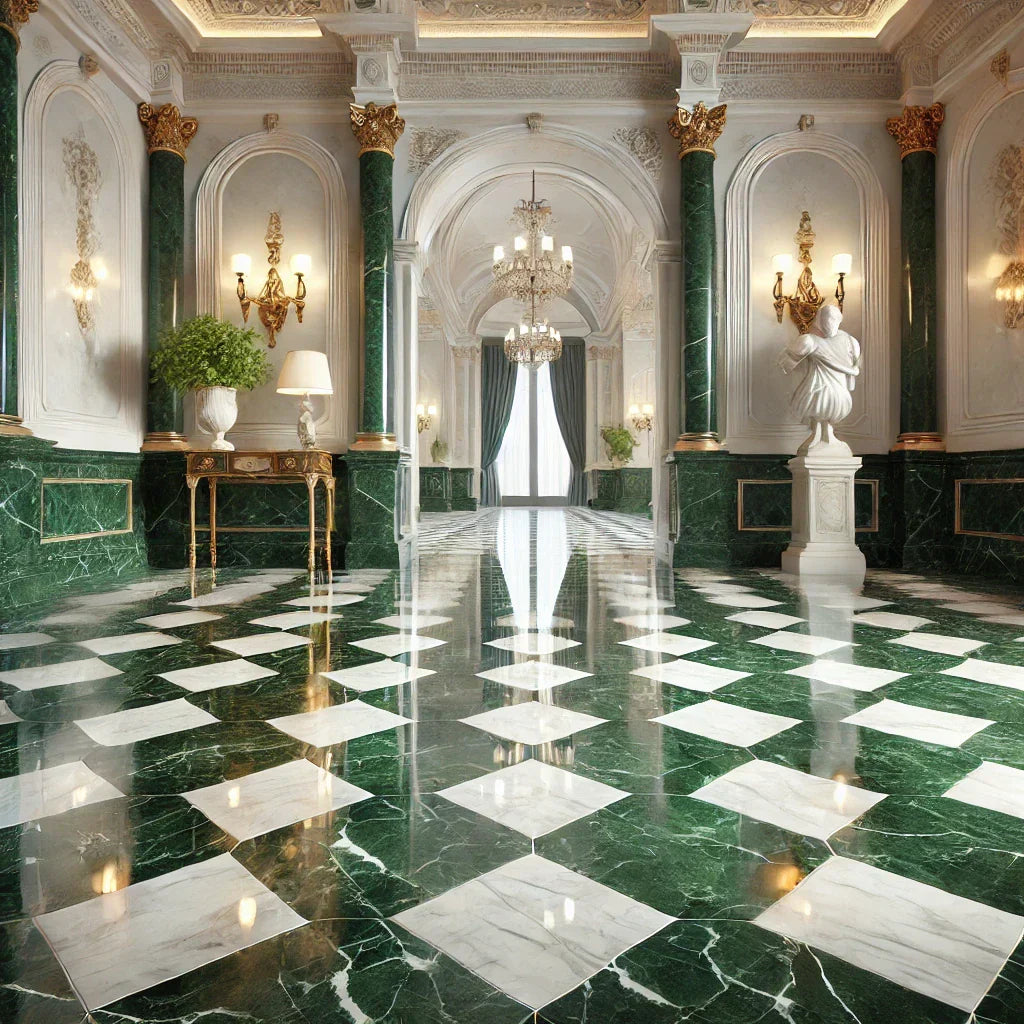 Empress Green Marble
Empress Green Marble Gold/Yellow Travertine
Gold/Yellow Travertine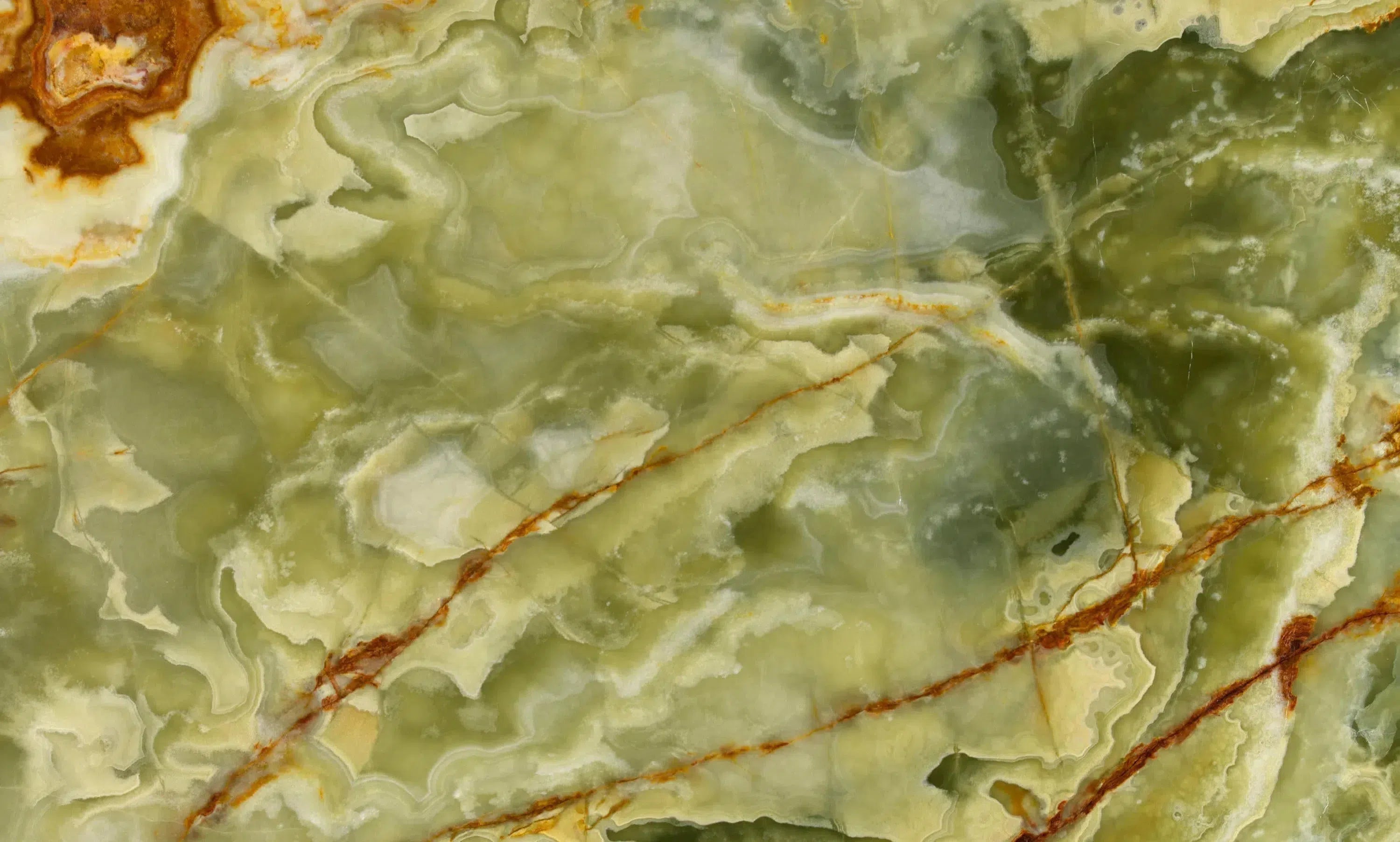 Green Onyx Marble
Green Onyx Marble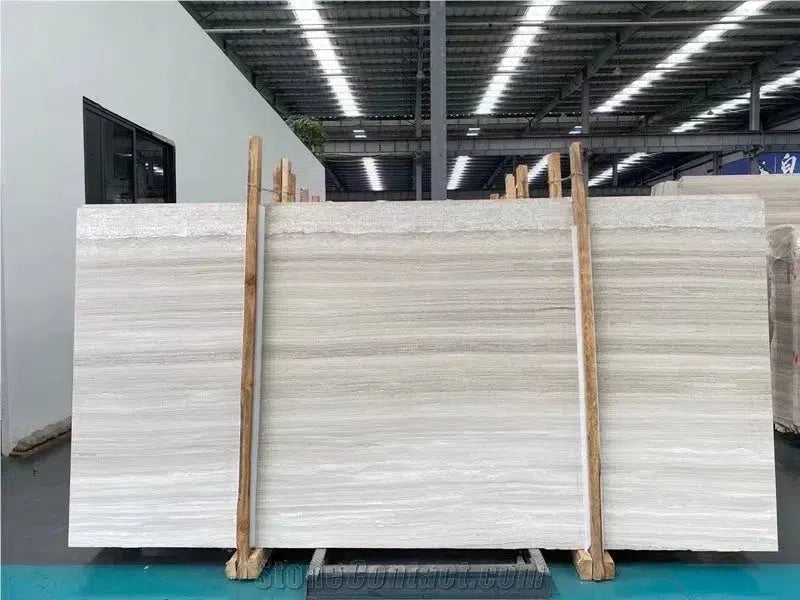 Haisa Light (White Wood) Limestone
Haisa Light (White Wood) Limestone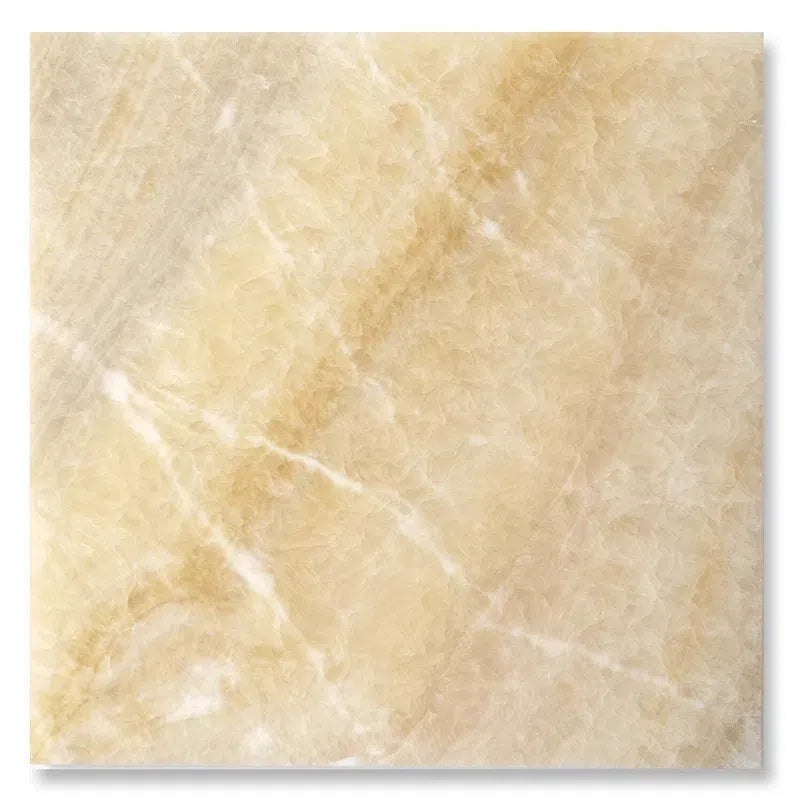 Honey Onyx Marble
Honey Onyx Marble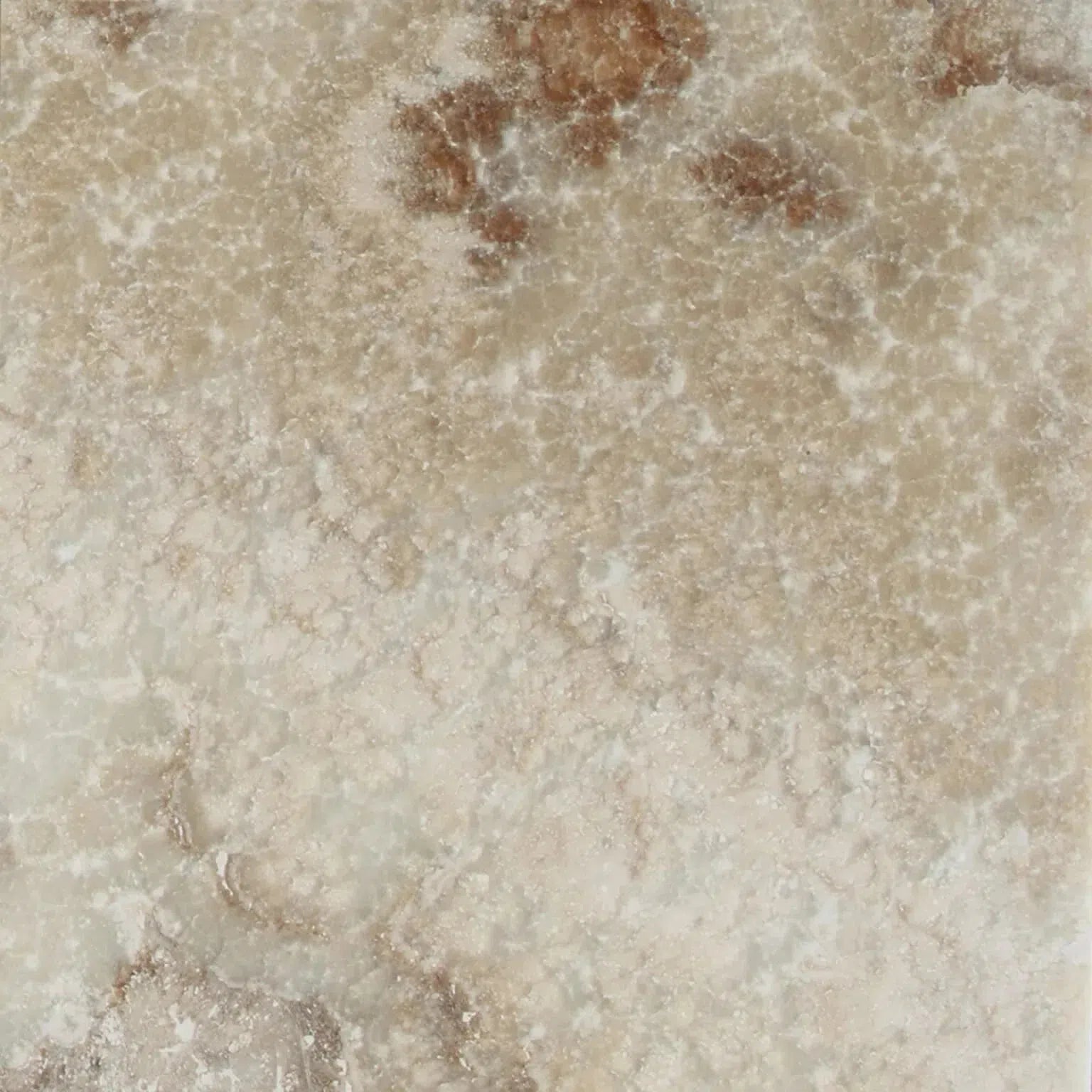 La Travonya Travertine
La Travonya Travertine Malibu Travertine
Malibu Travertine Mink (Equator) Marble
Mink (Equator) Marble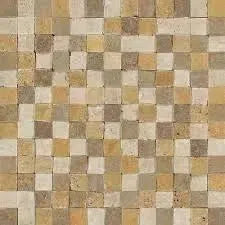 Mixed (Ivory-Noce-Gold) Travertine
Mixed (Ivory-Noce-Gold) Travertine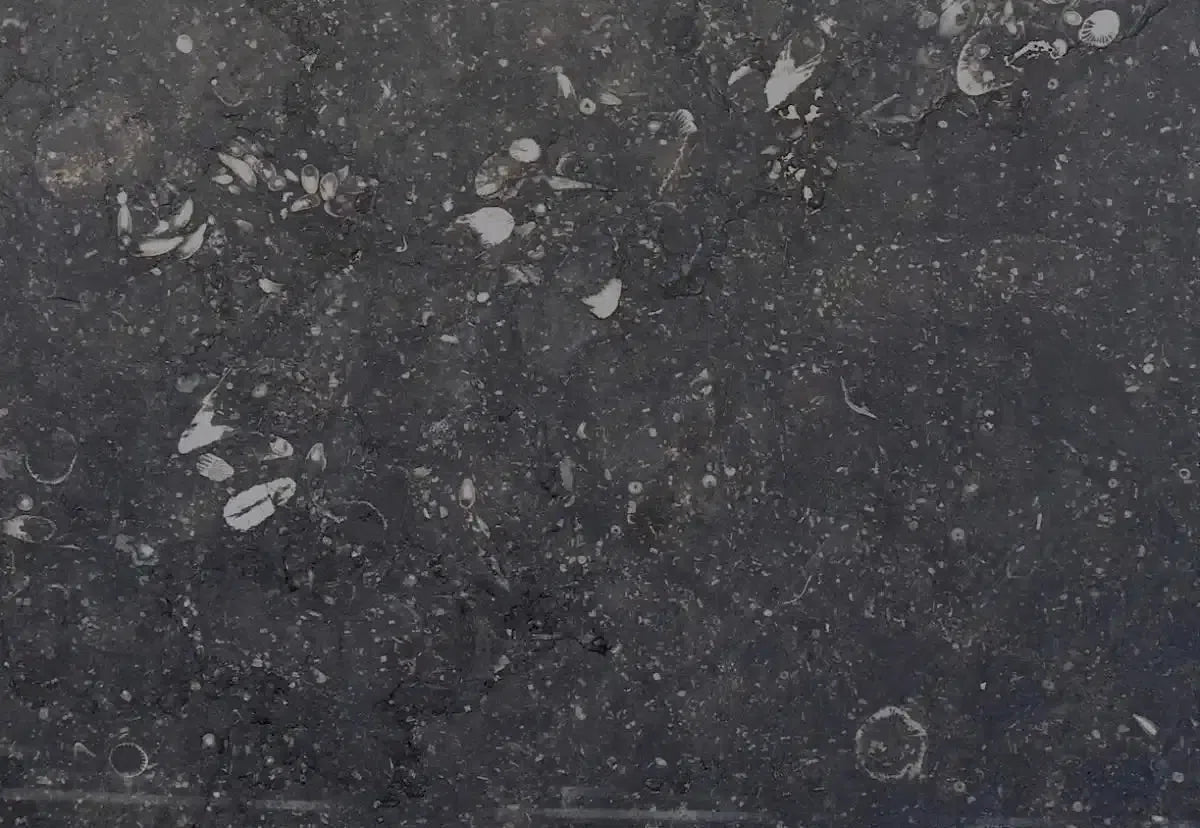 Pierre Bleue (Pierre Blue) Marble
Pierre Bleue (Pierre Blue) Marble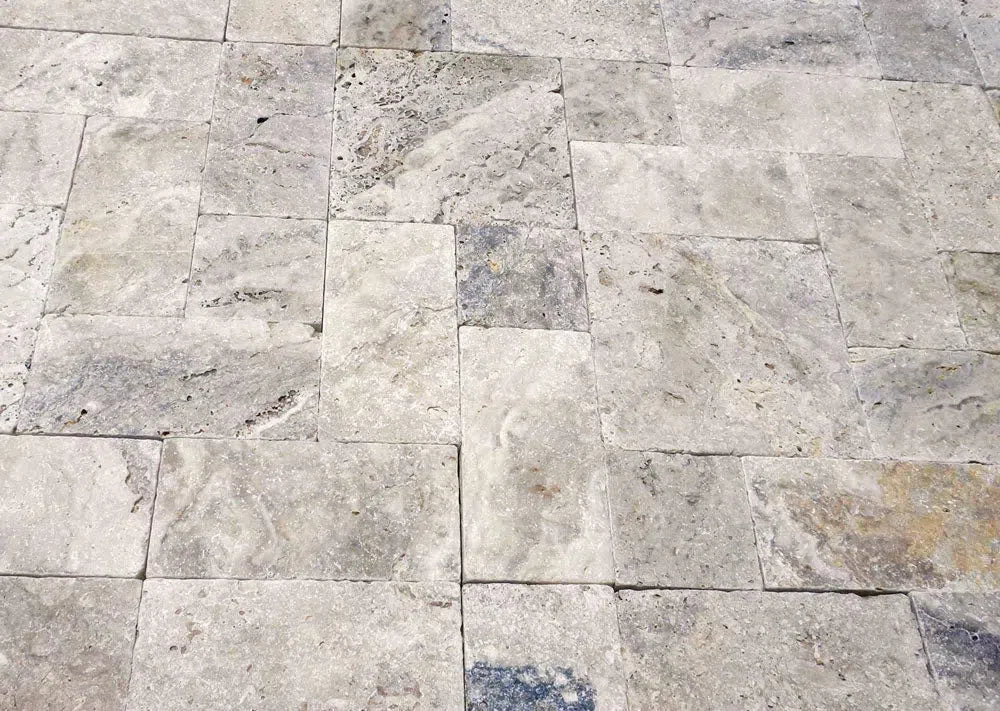 Philadelphia Travertine
Philadelphia Travertine Rosé Aurora Marble
Rosé Aurora Marble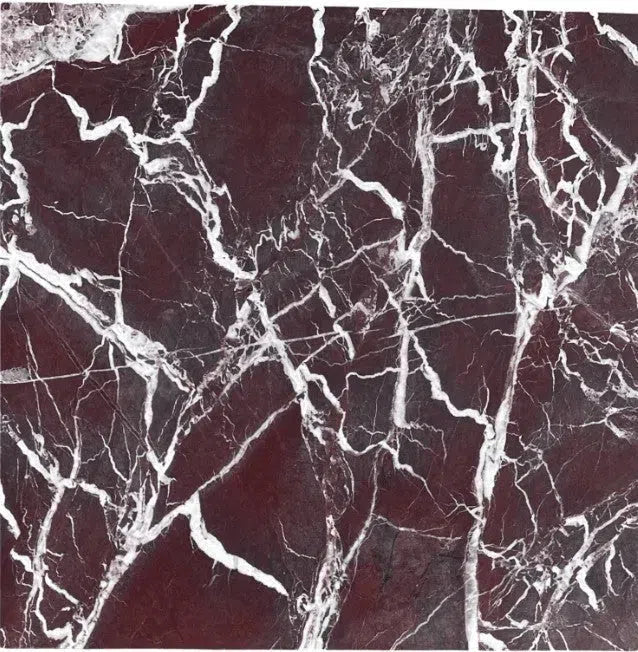 Rosso Levanto Marble
Rosso Levanto Marble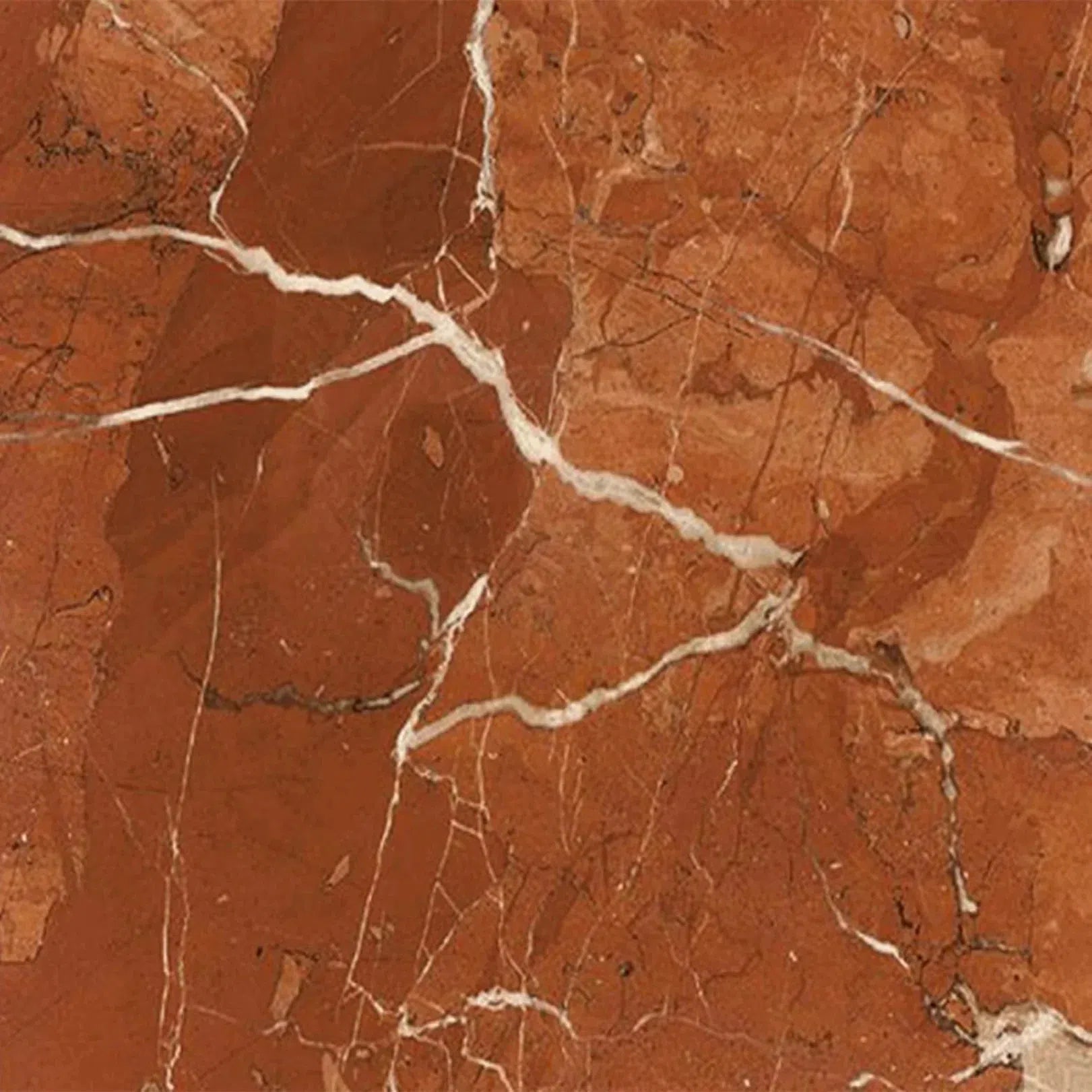 Rojo Alicante Marble
Rojo Alicante Marble Sky Blue | Azul Cielo Marble
Sky Blue | Azul Cielo Marble Snow White (Afyon White) Marble
Snow White (Afyon White) Marble Spanish Mix Marble
Spanish Mix Marble Storm Gray Marble
Storm Gray Marble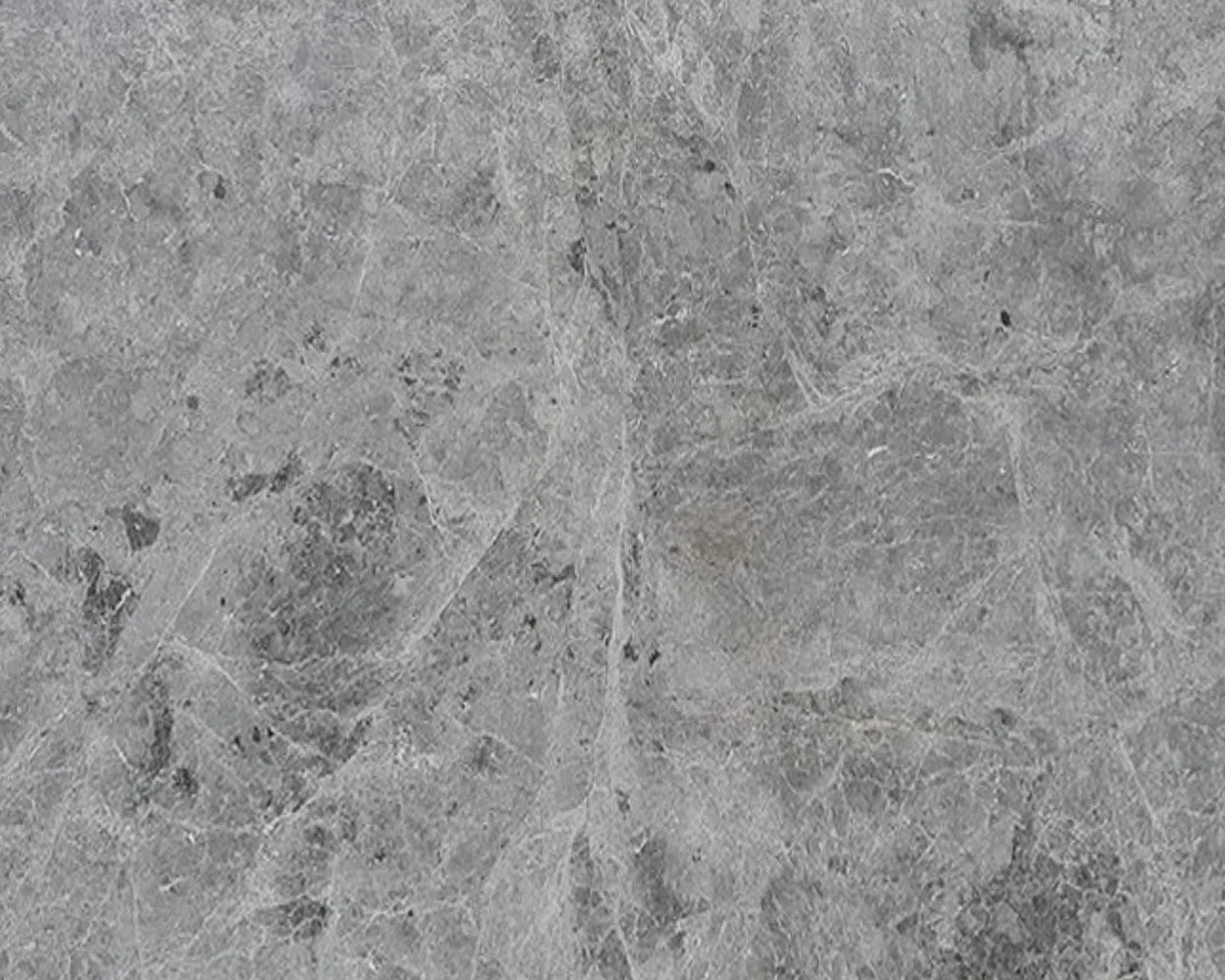 Tundra Gray (Atlantic Gray) Marble
Tundra Gray (Atlantic Gray) Marble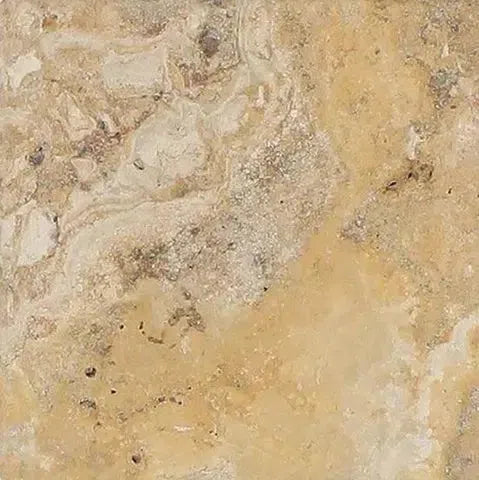 Valencia Travertine
Valencia Travertine Valerenga Travertine
Valerenga Travertine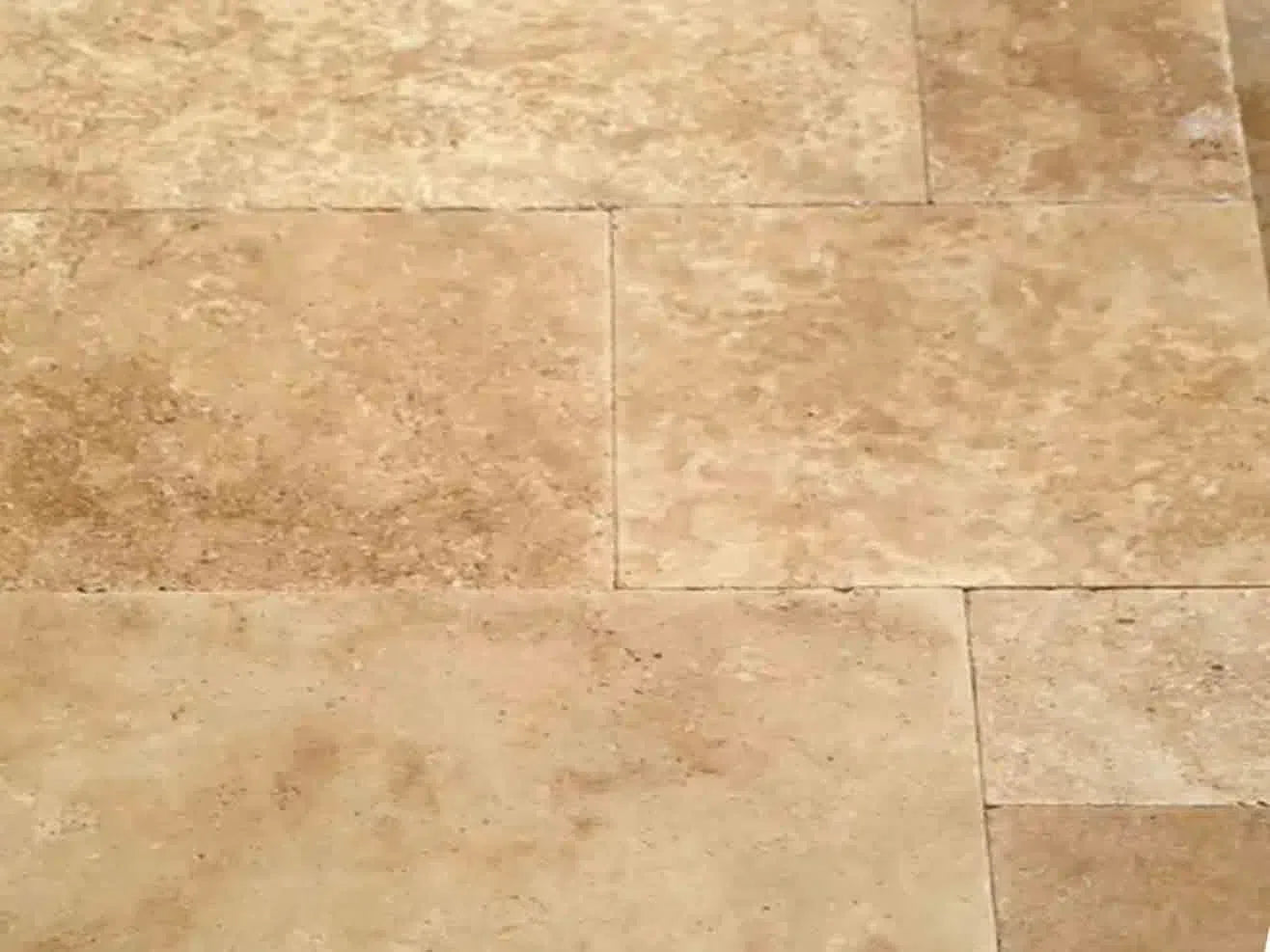 Walnut Travertine
Walnut Travertine White Onyx Marble
White Onyx Marble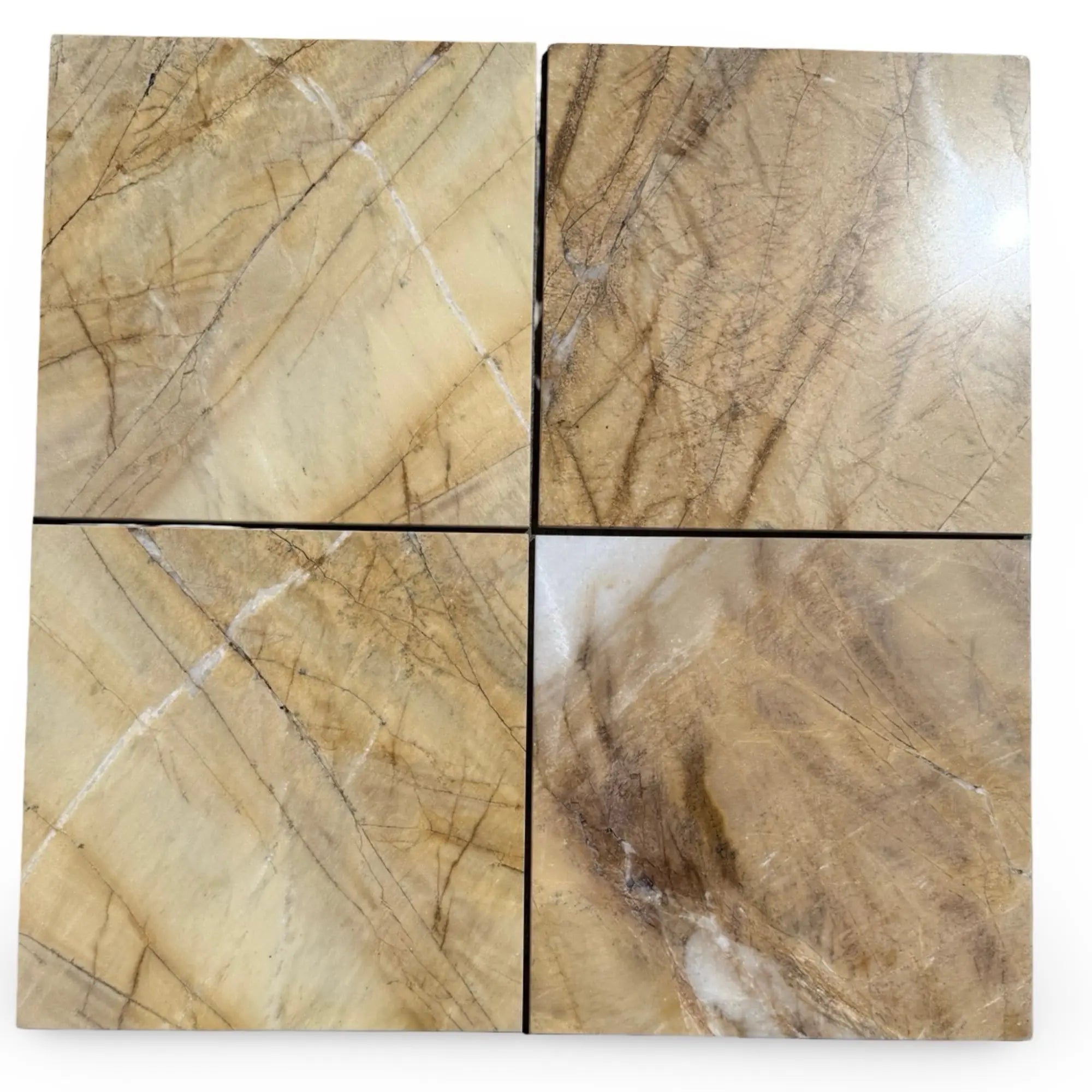 Golden Horizon Marble
Golden Horizon Marble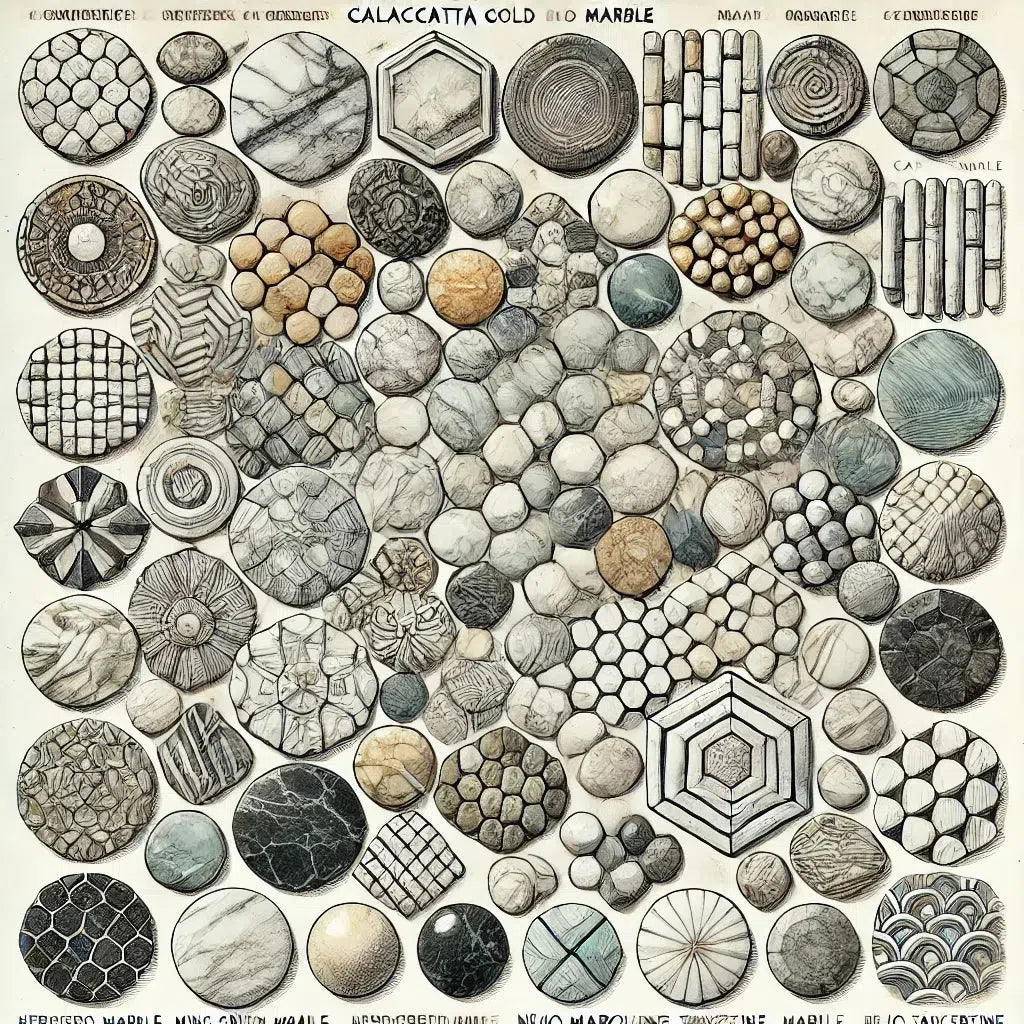 Shop By Type
Shop By Type
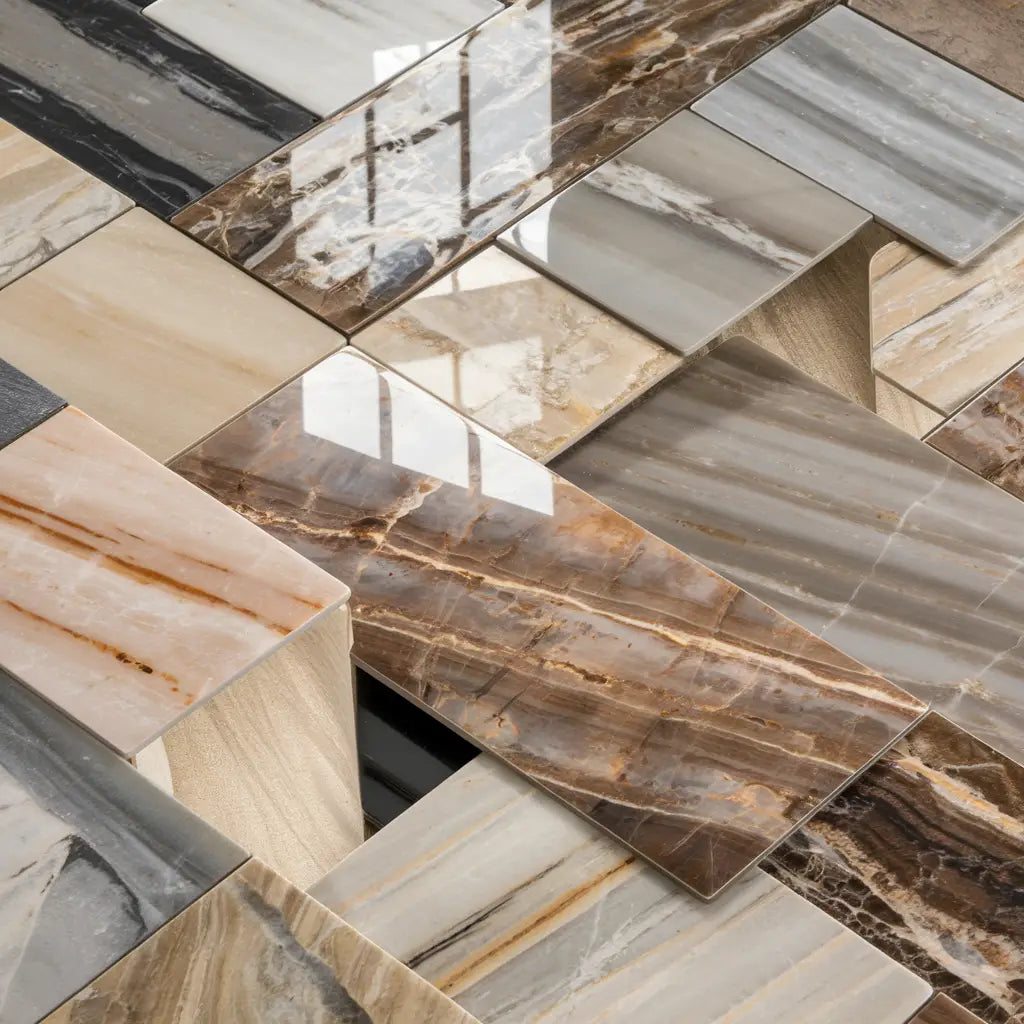 Marble Tiles
Marble Tiles Marble Mosaic
Marble Mosaic Travertine Tiles
Travertine Tiles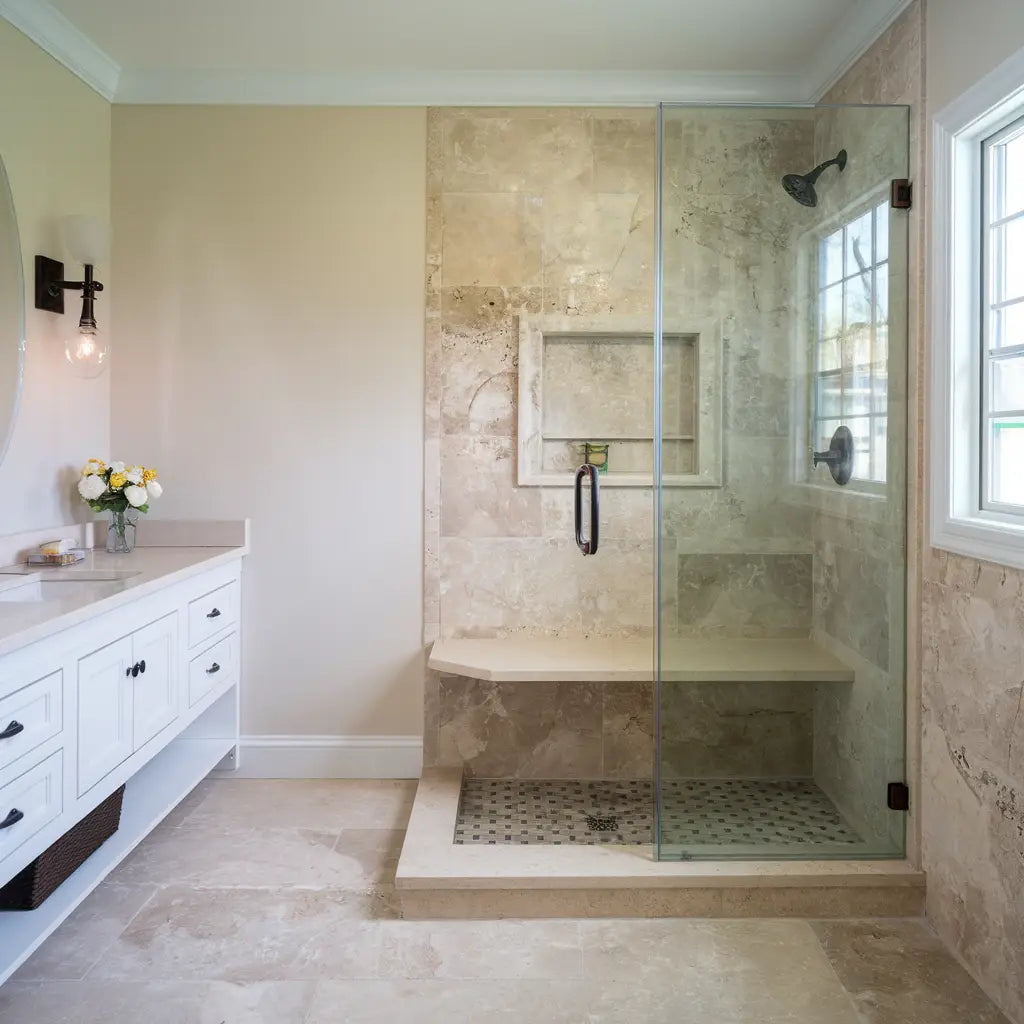 Travertine Mosaic
Travertine Mosaic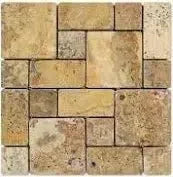 4 pcs Versailles Pattern / French Pattern Set
4 pcs Versailles Pattern / French Pattern Set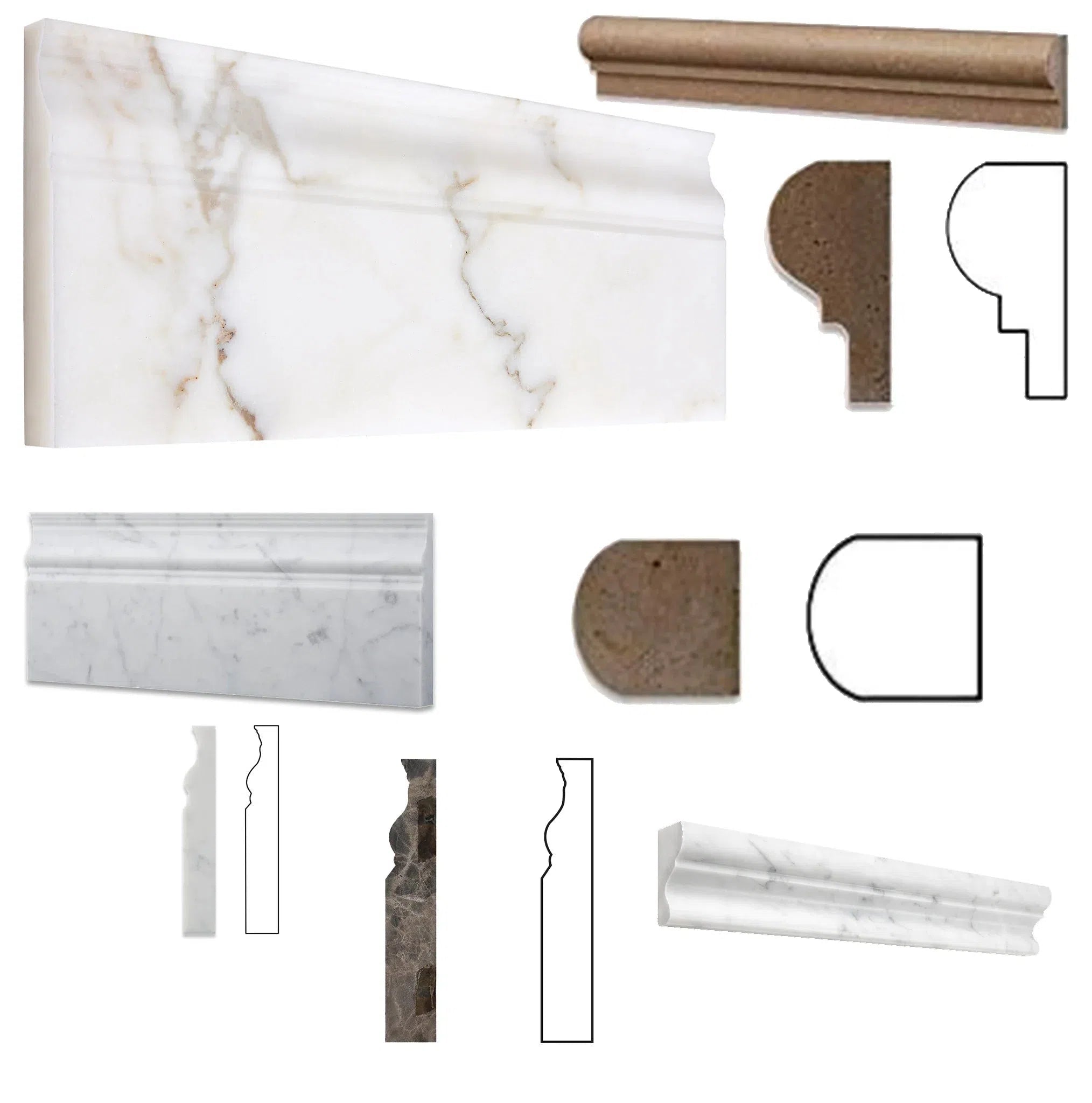 Molding/Trim
Molding/Trim Border/Listello
Border/Listello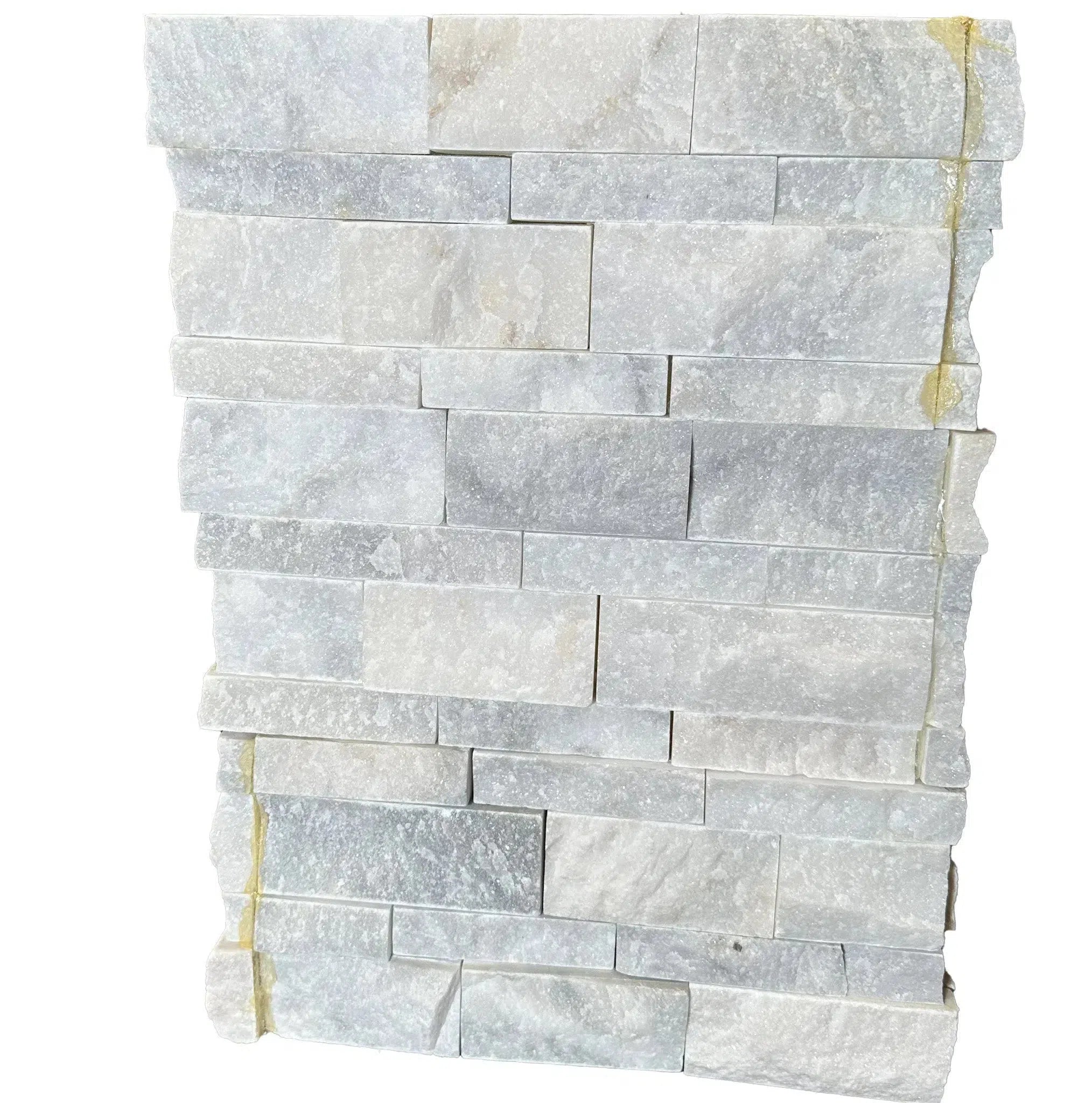 Ledger-Panel
Ledger-Panel Checkerboard
Checkerboard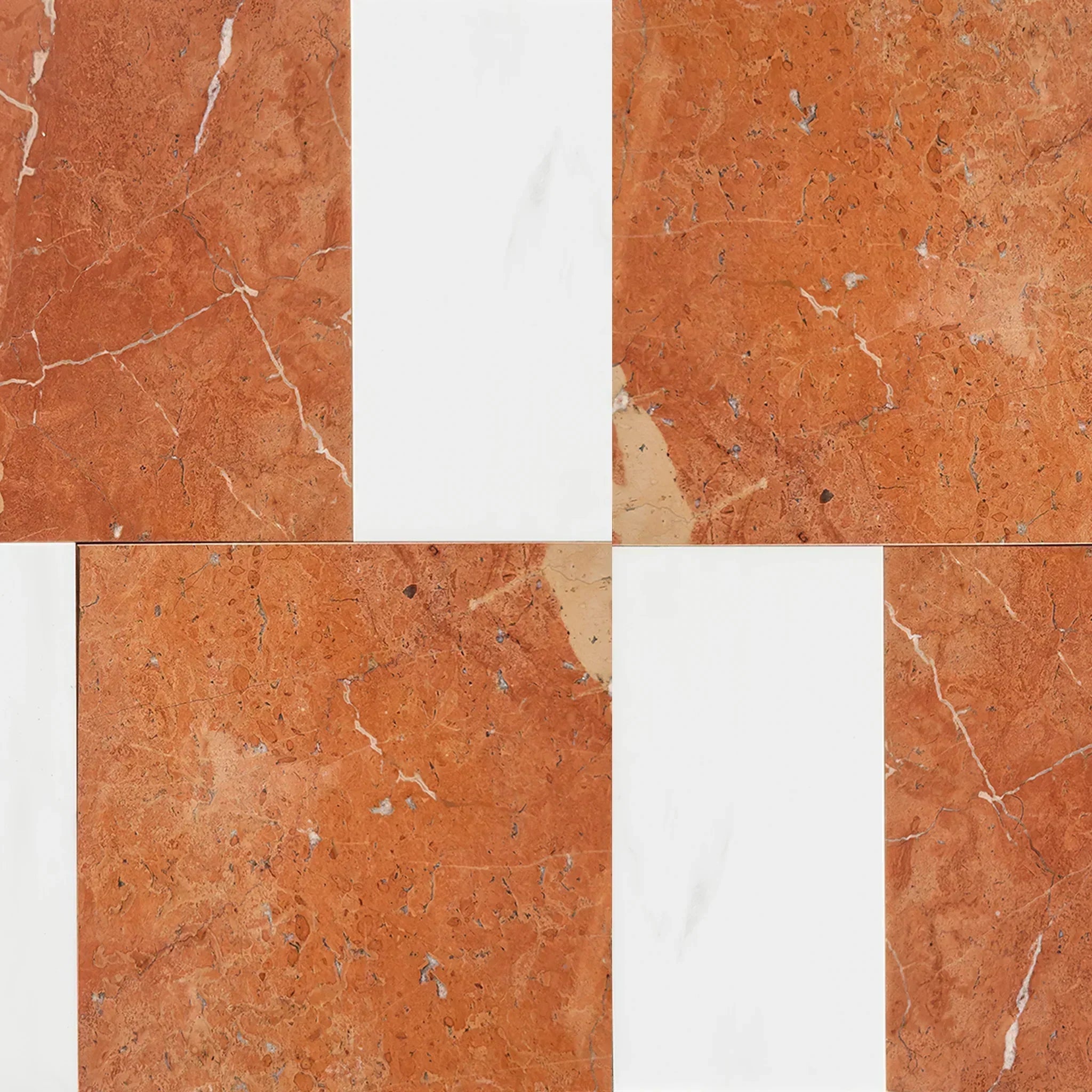 Patterned Tile Collection
Patterned Tile Collection  Shop By Finish
Shop By Finish
 Polished
Polished Honed
Honed Brushed
Brushed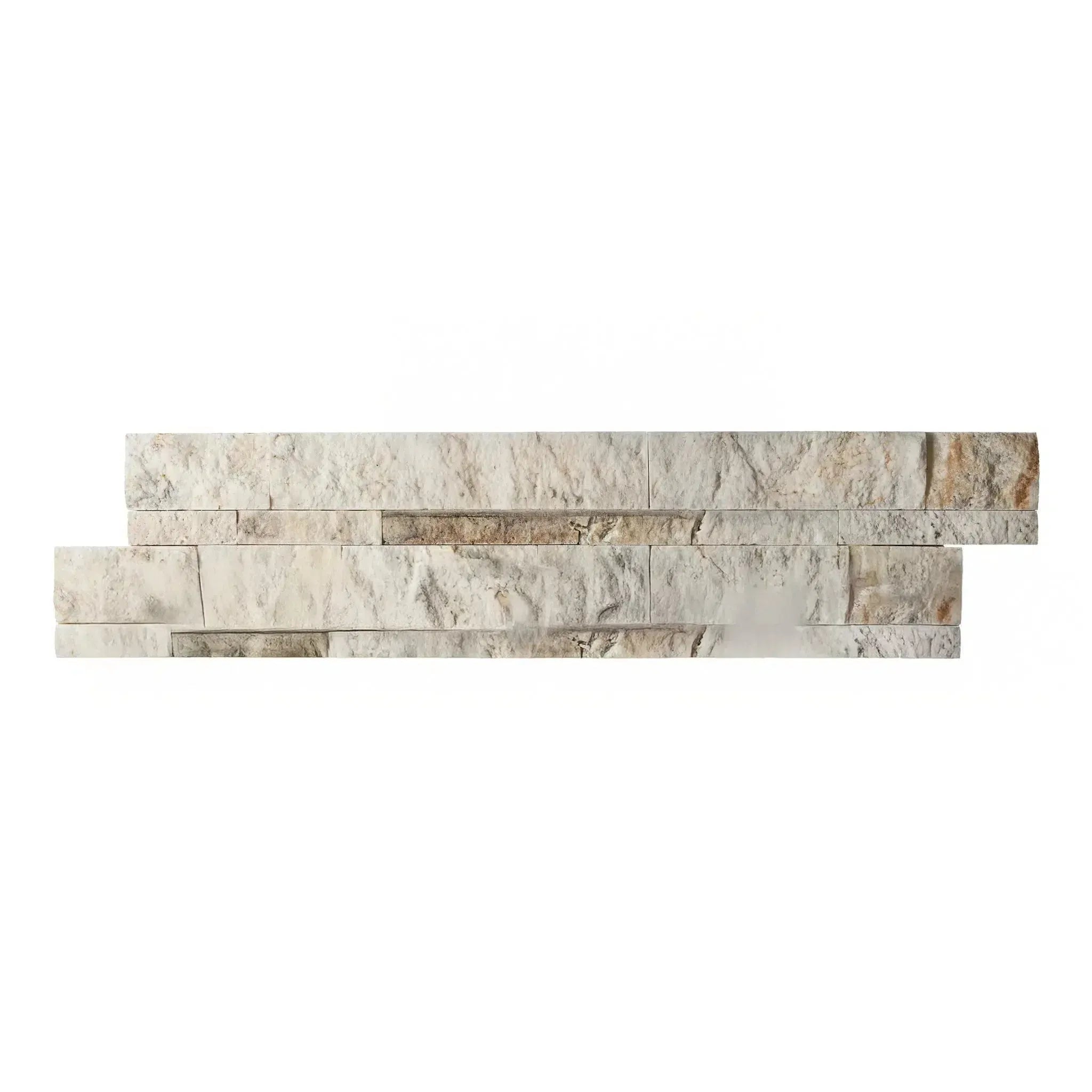 Split Face
Split Face Textured
Textured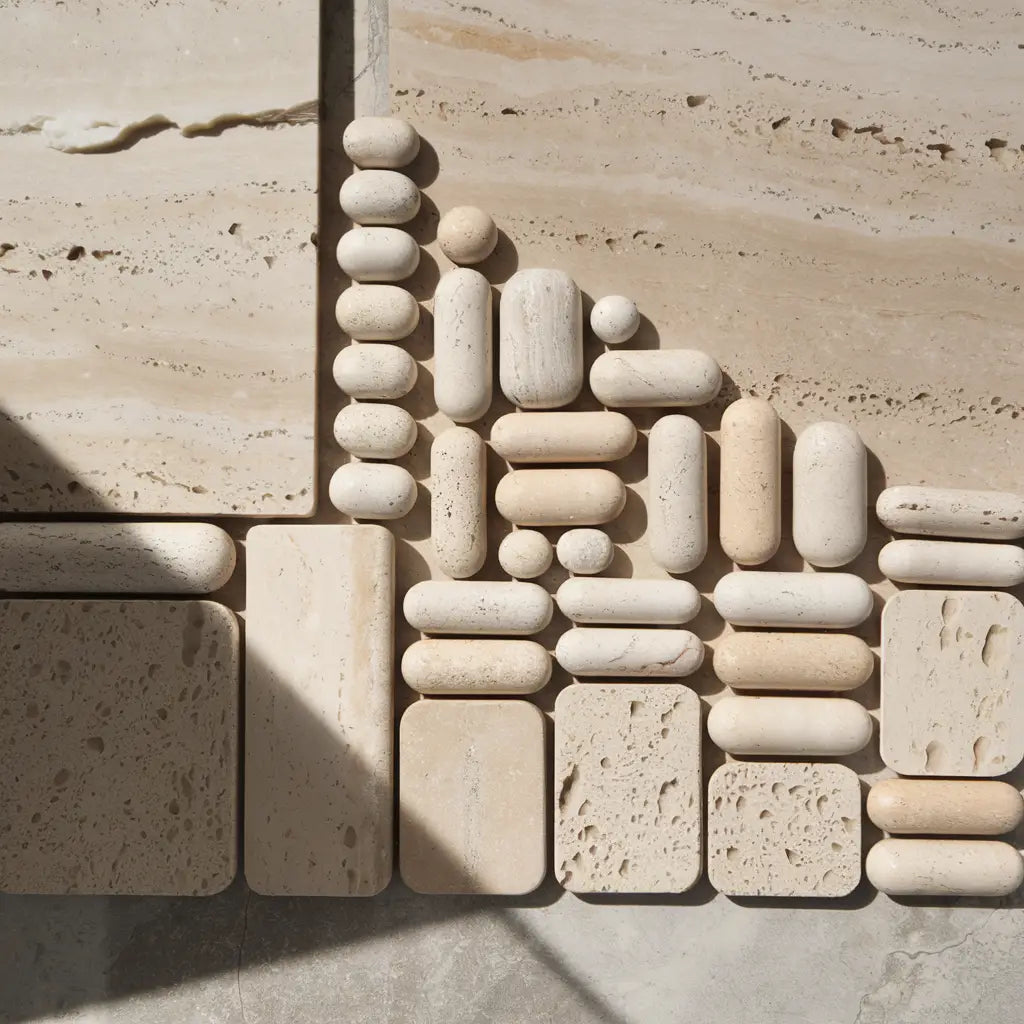 Tumbled
Tumbled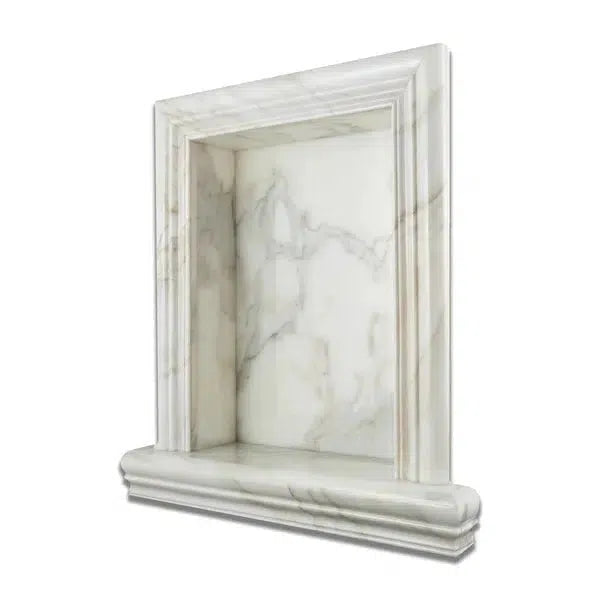 Accessories
Accessories
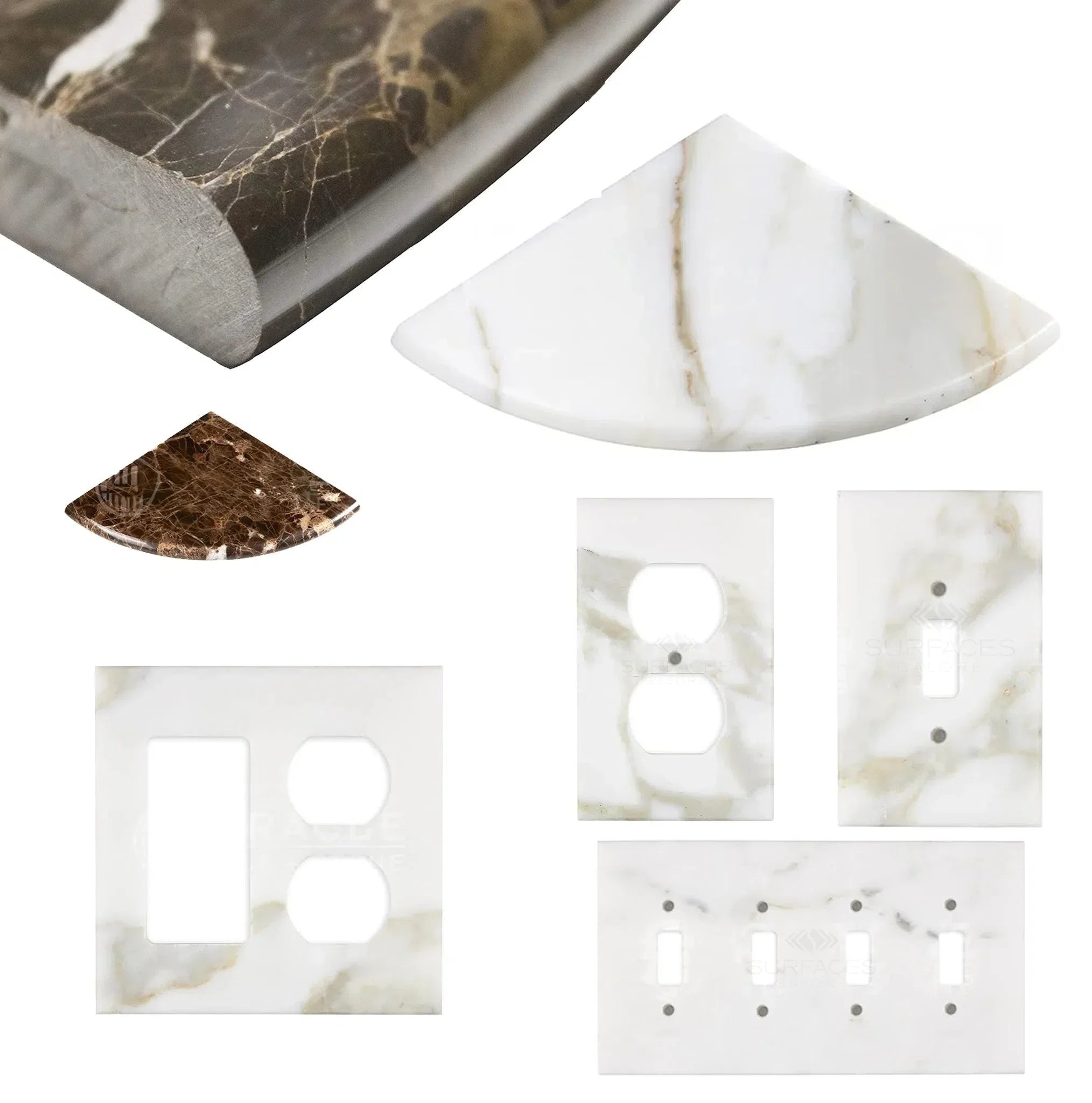 Wall Plate / Switch Plate
Wall Plate / Switch Plate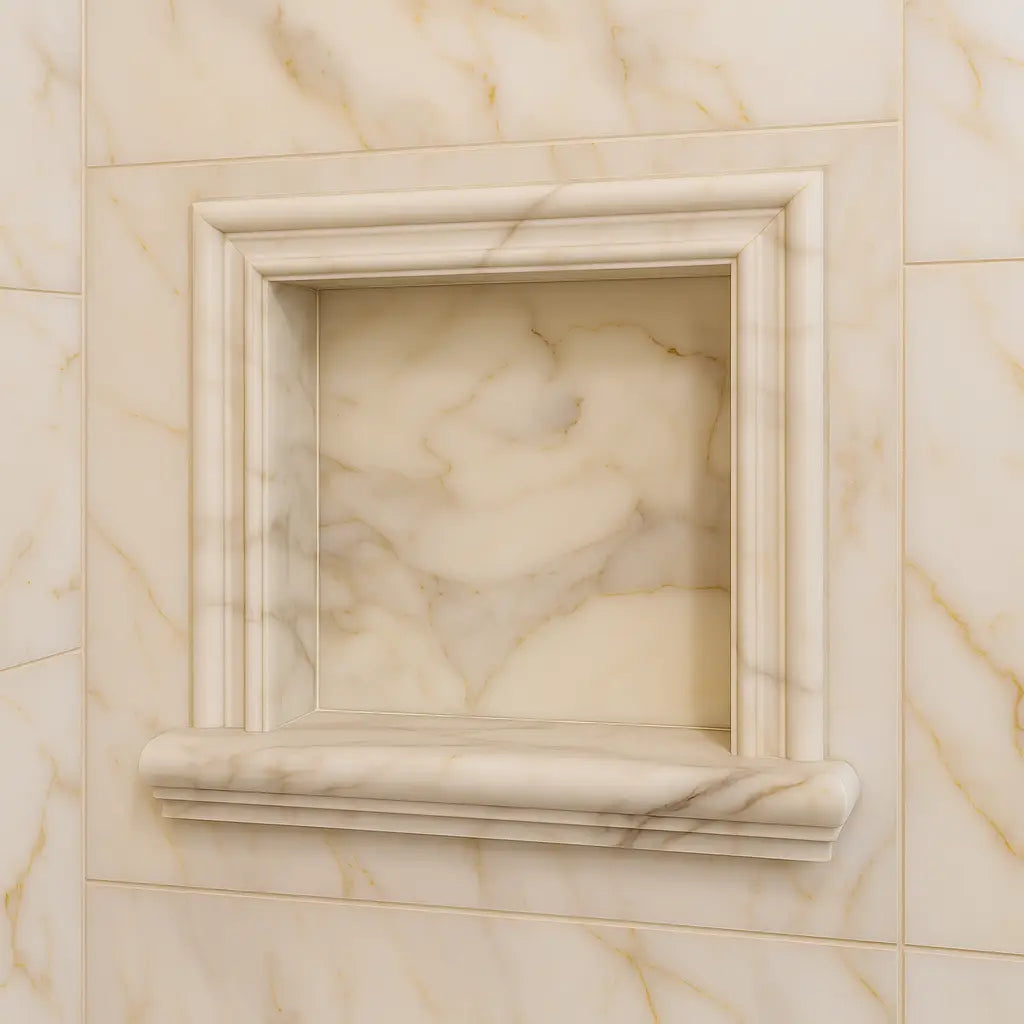 Shampoo Niche
Shampoo Niche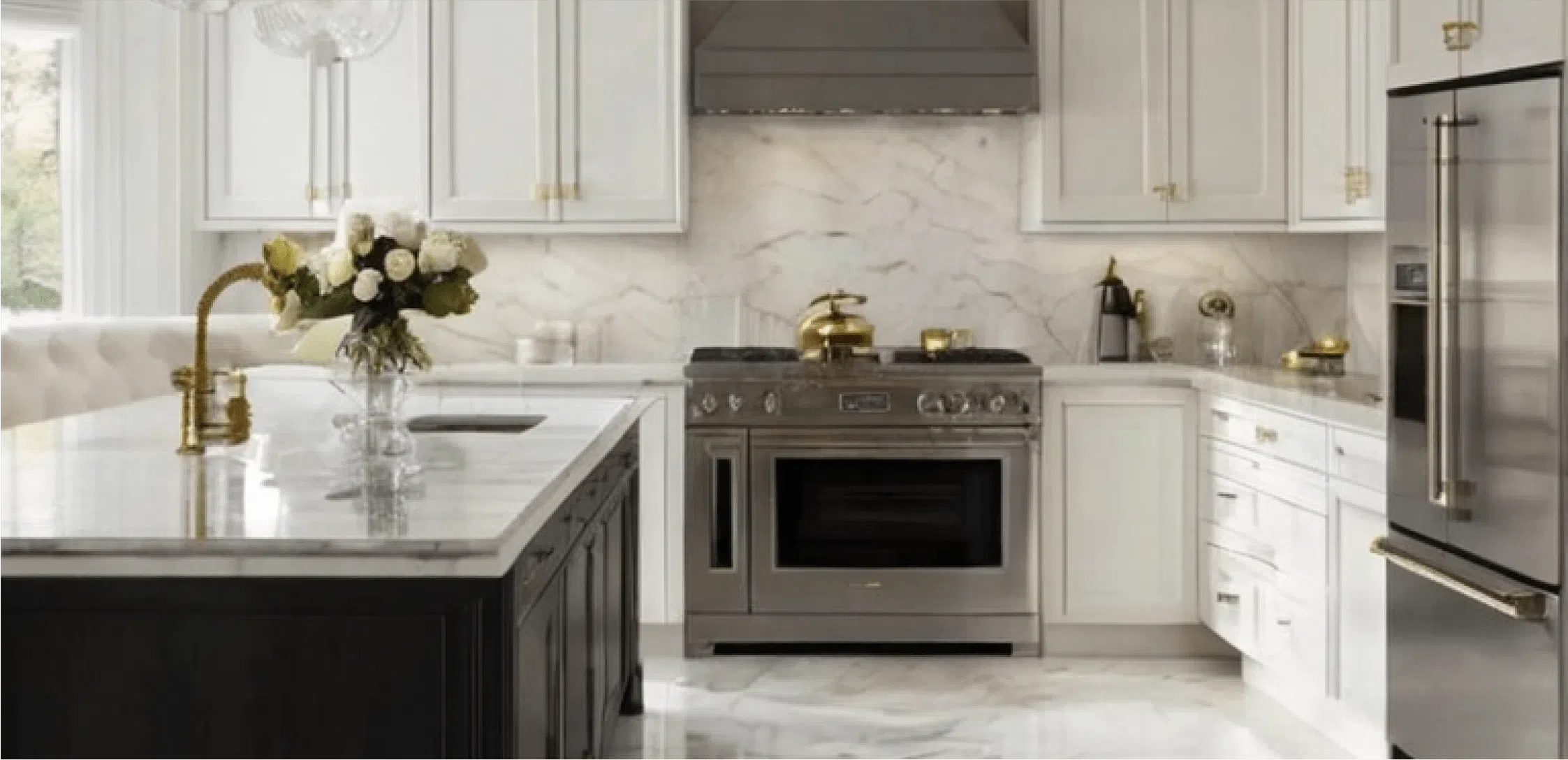 Corner Shelf
Corner Shelf Clearance
Clearance





Leave a comment